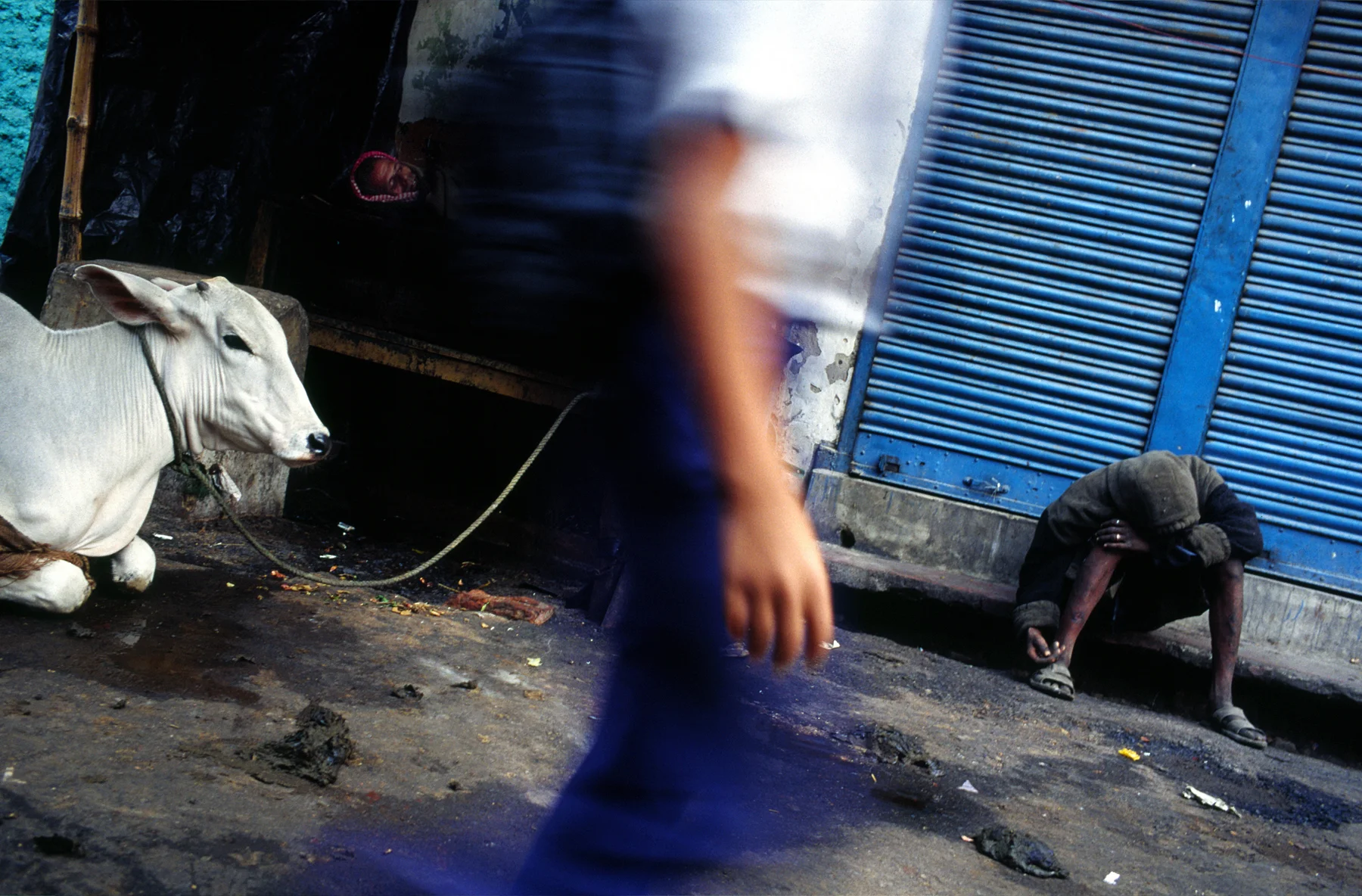

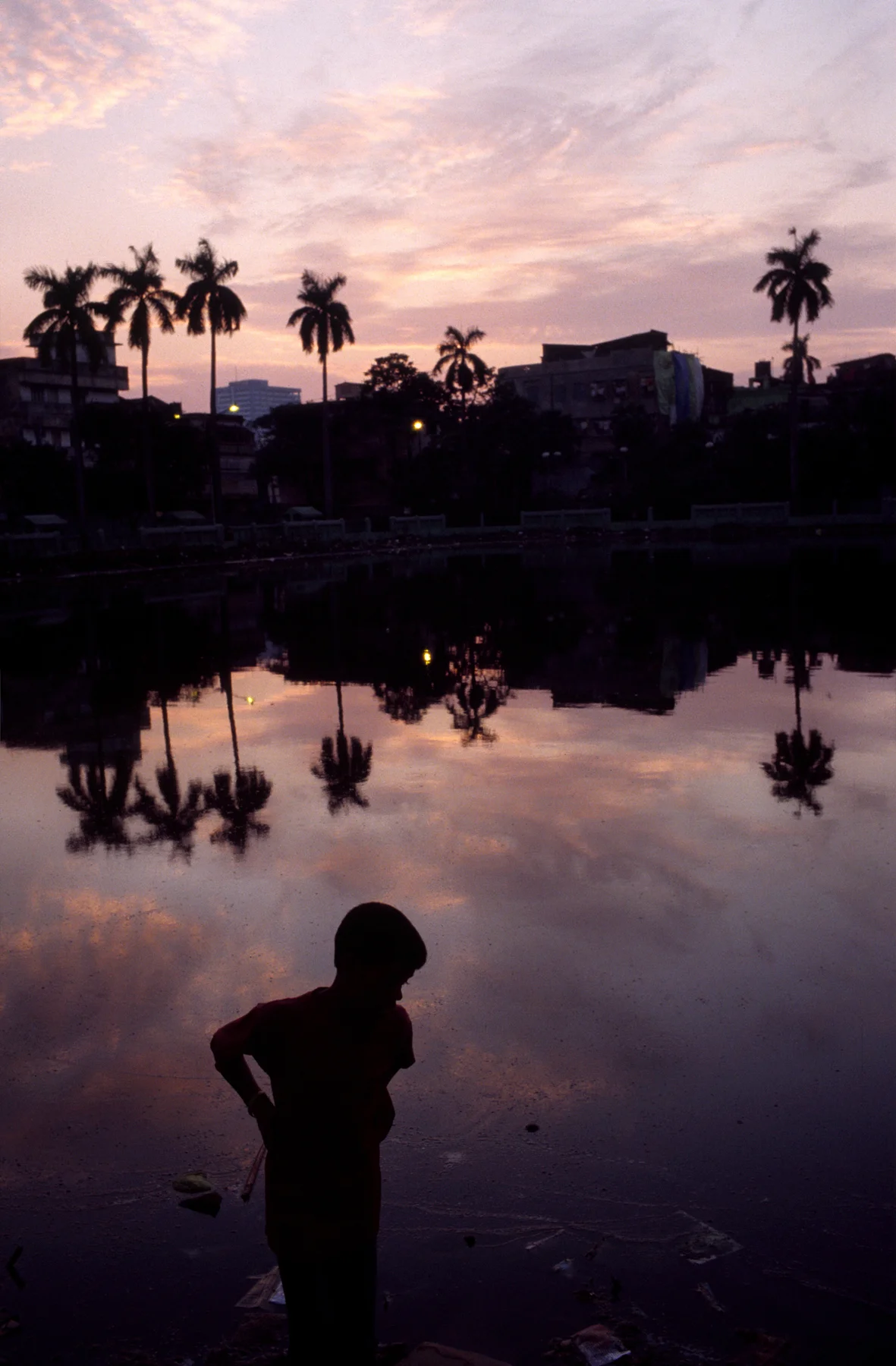
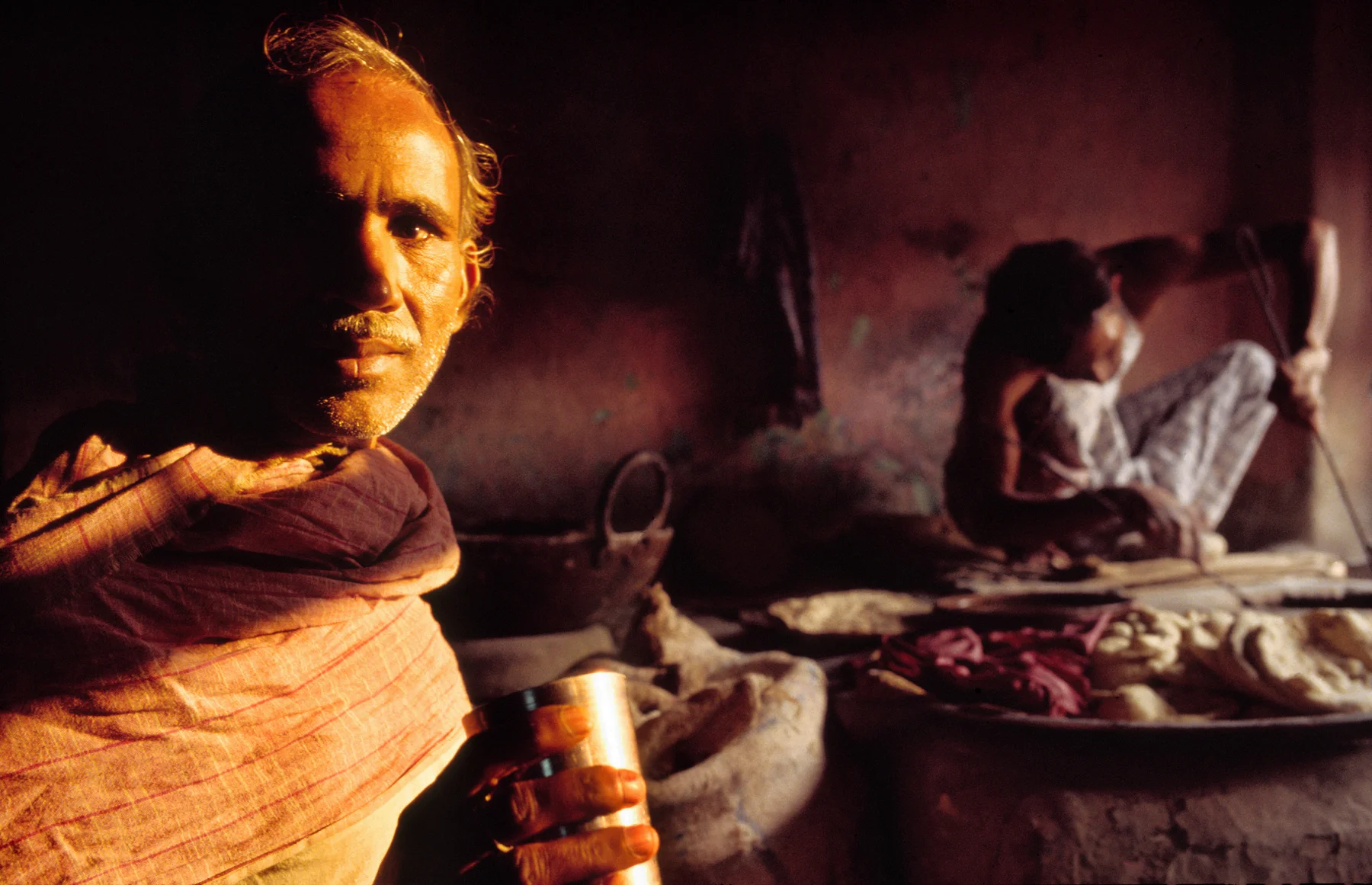

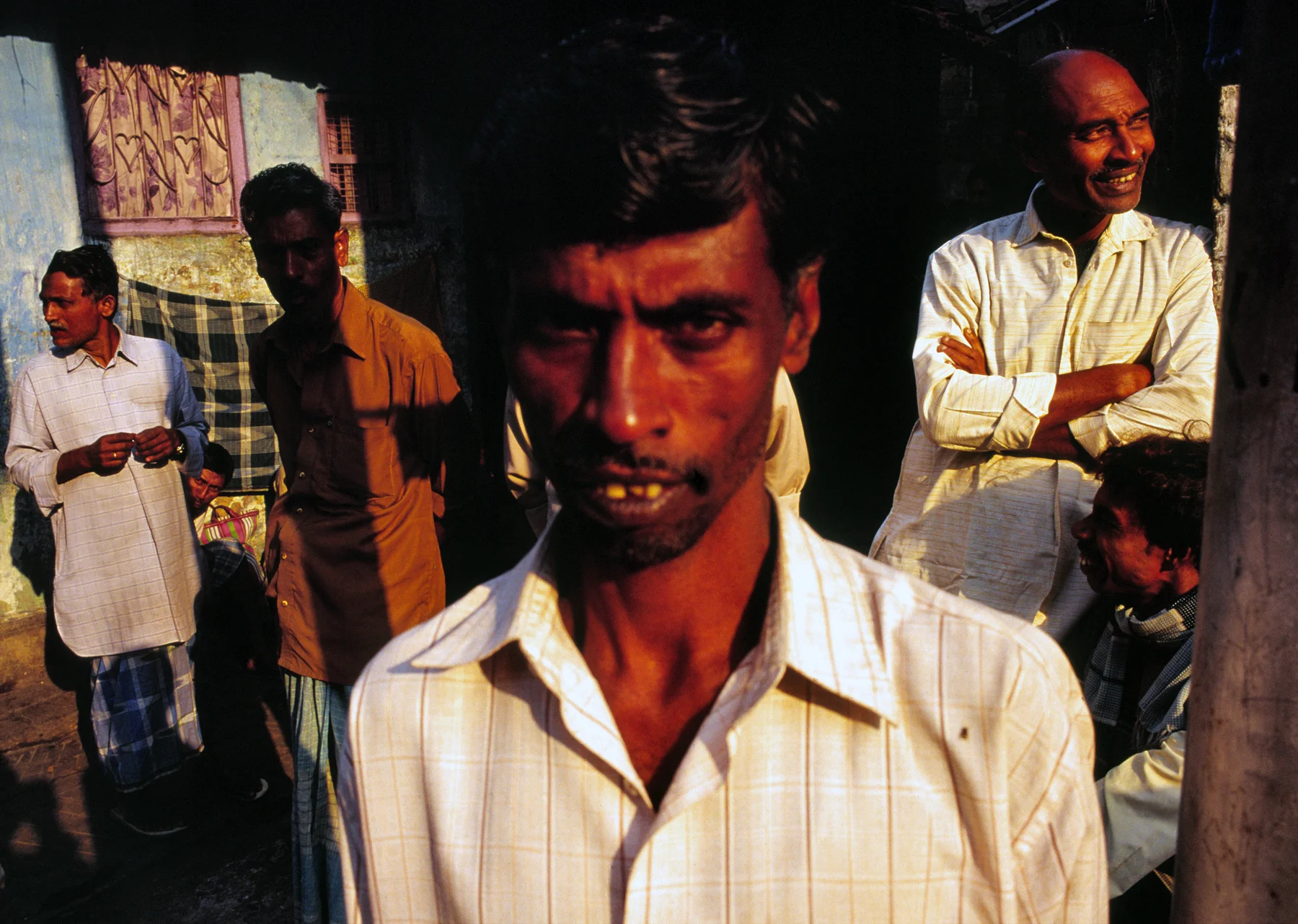
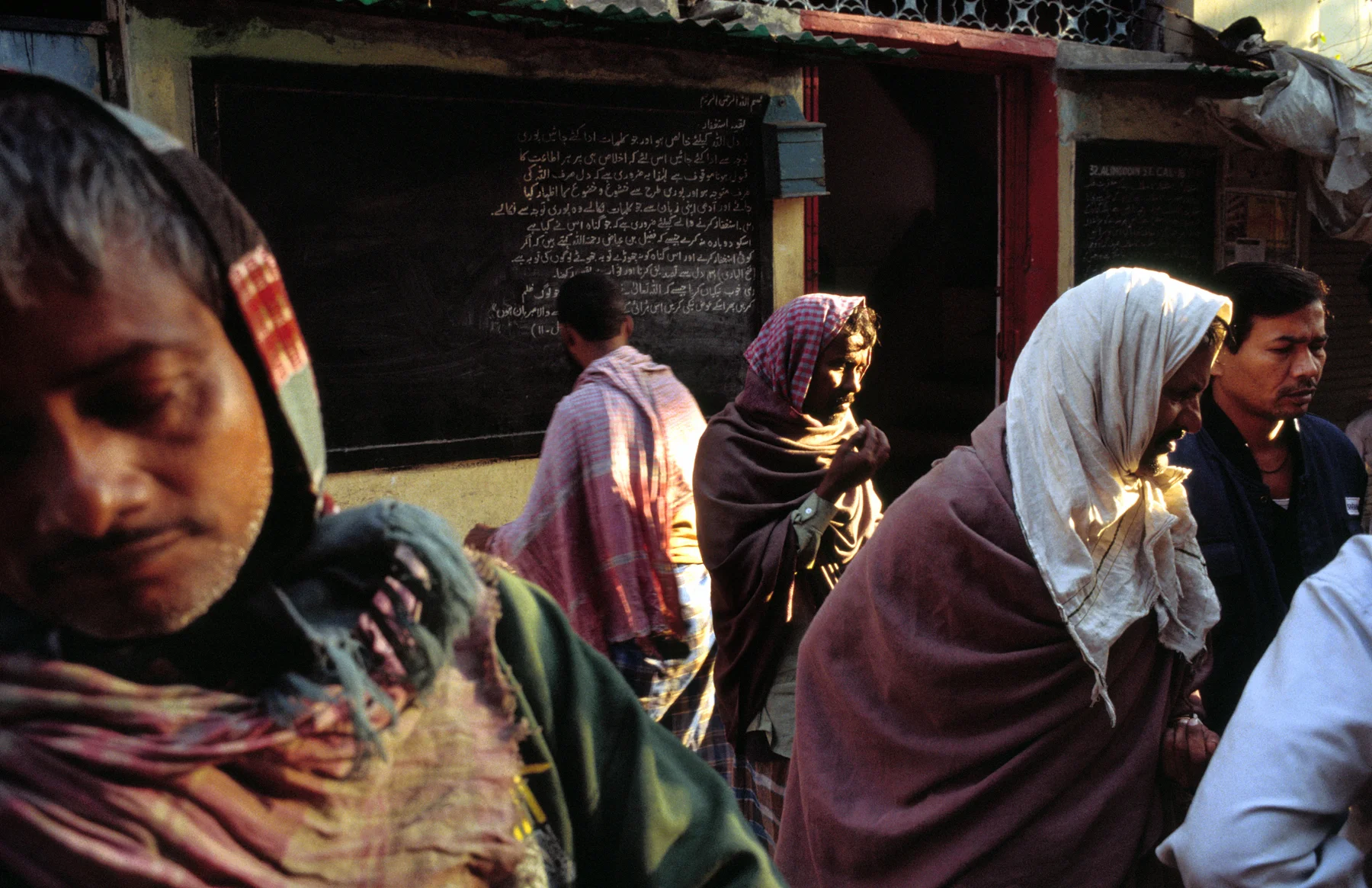
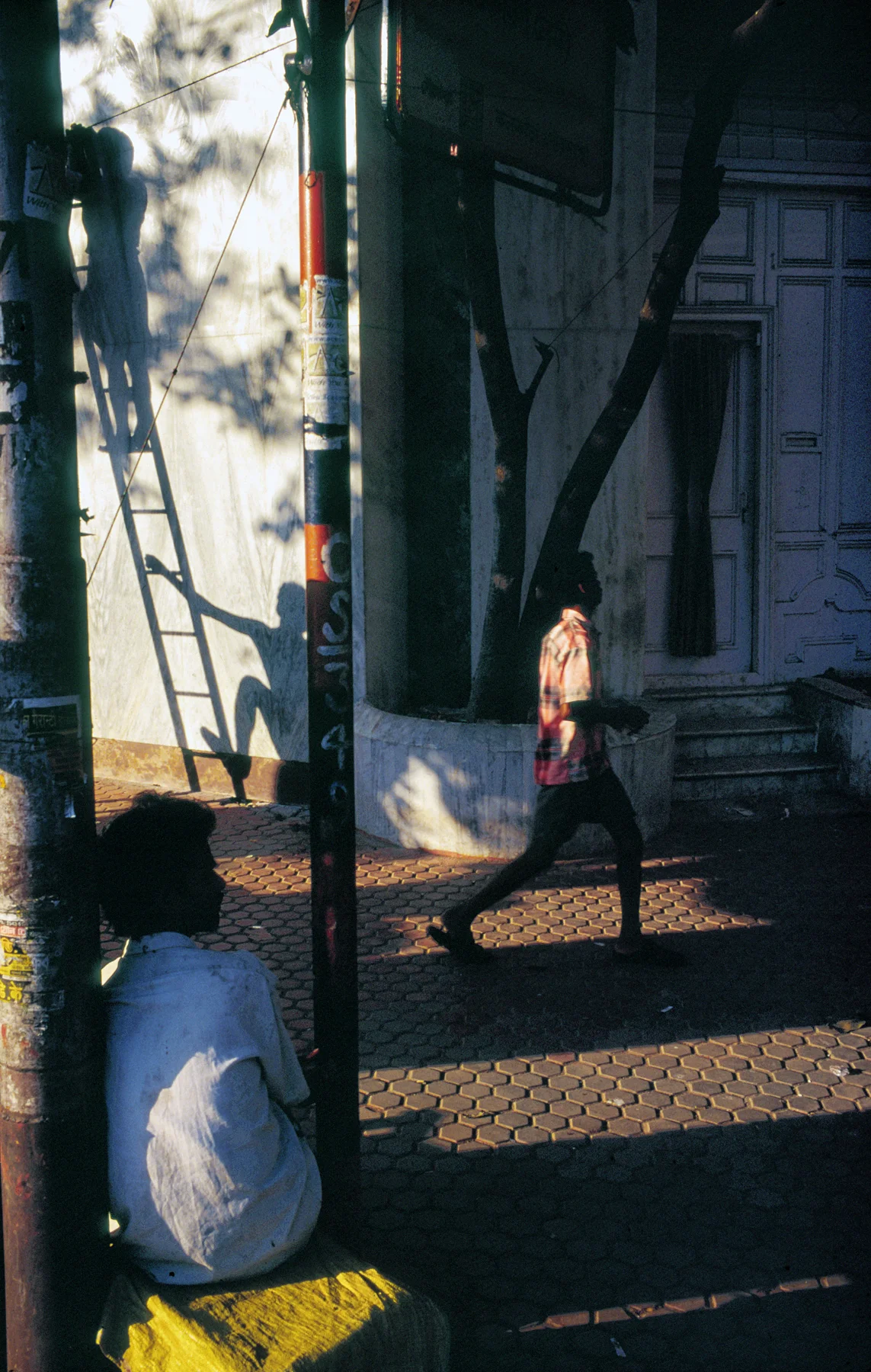
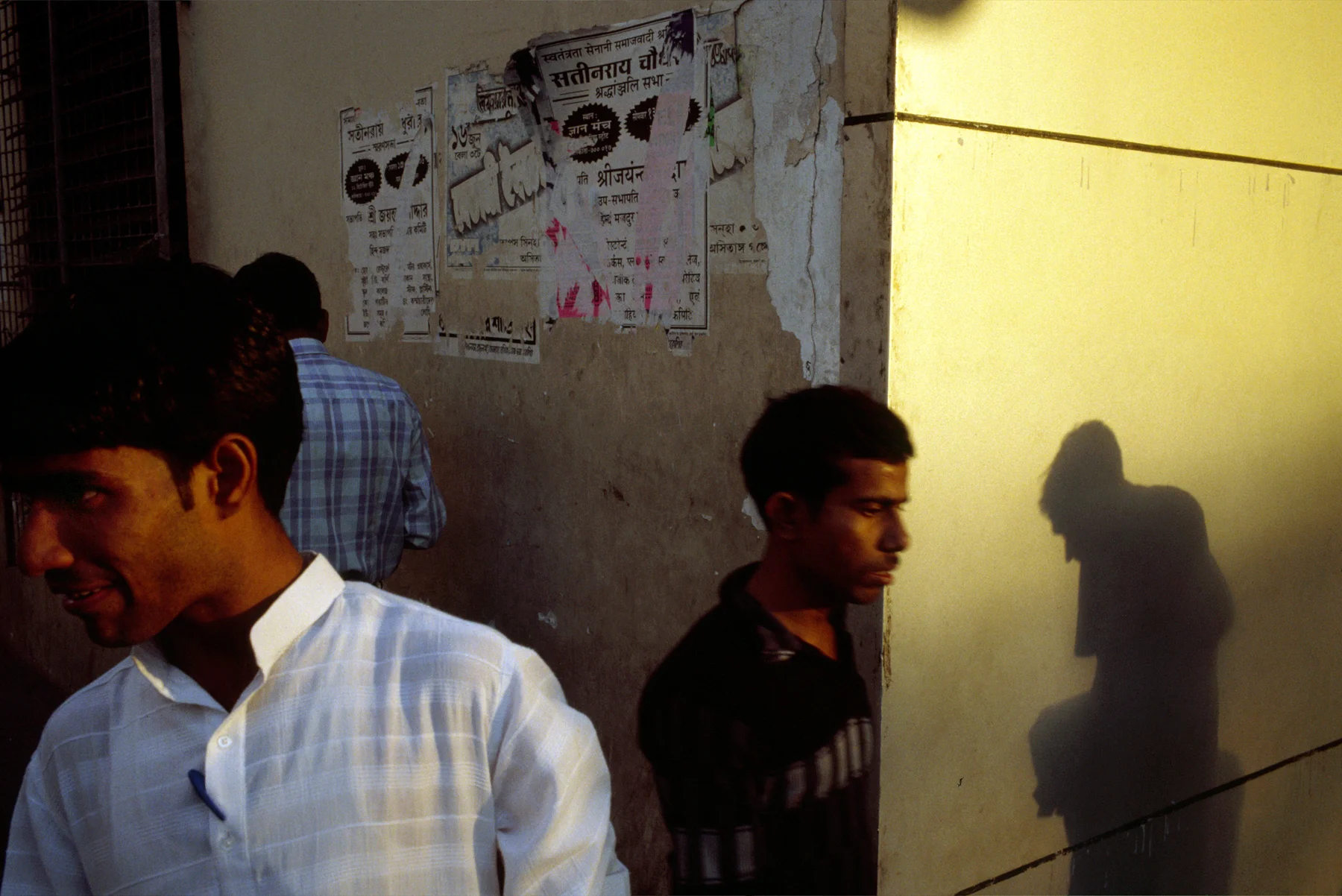



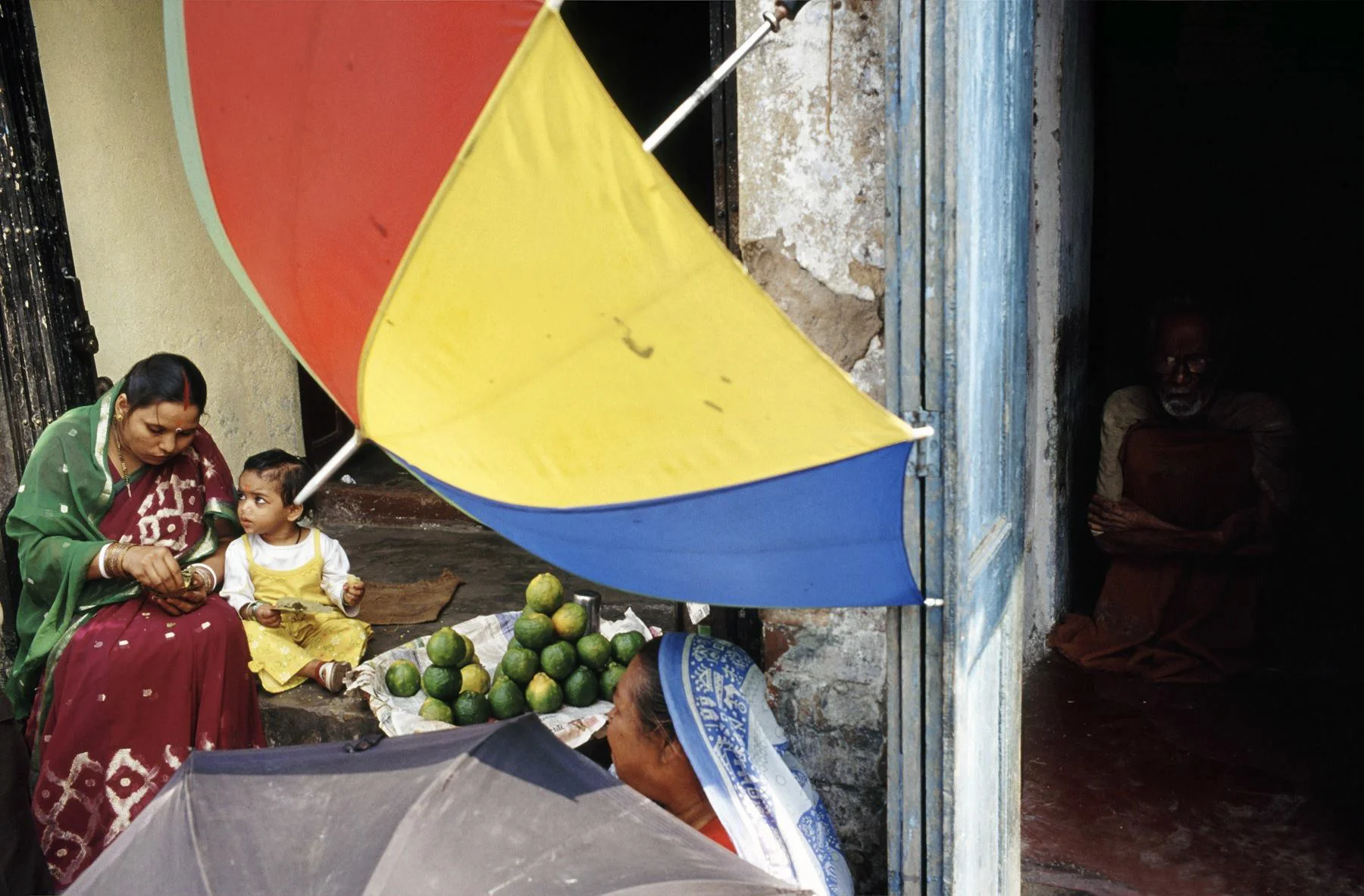

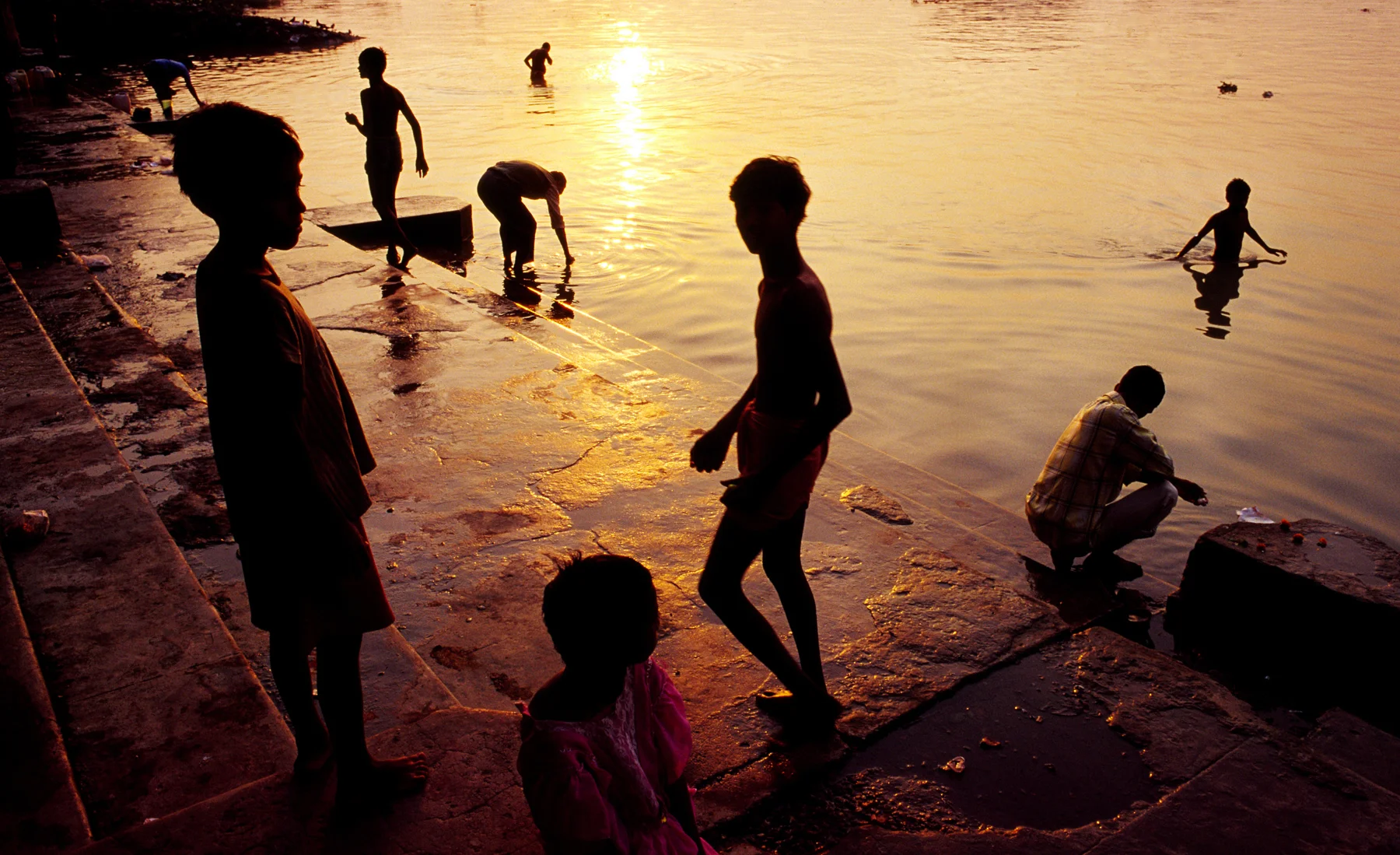
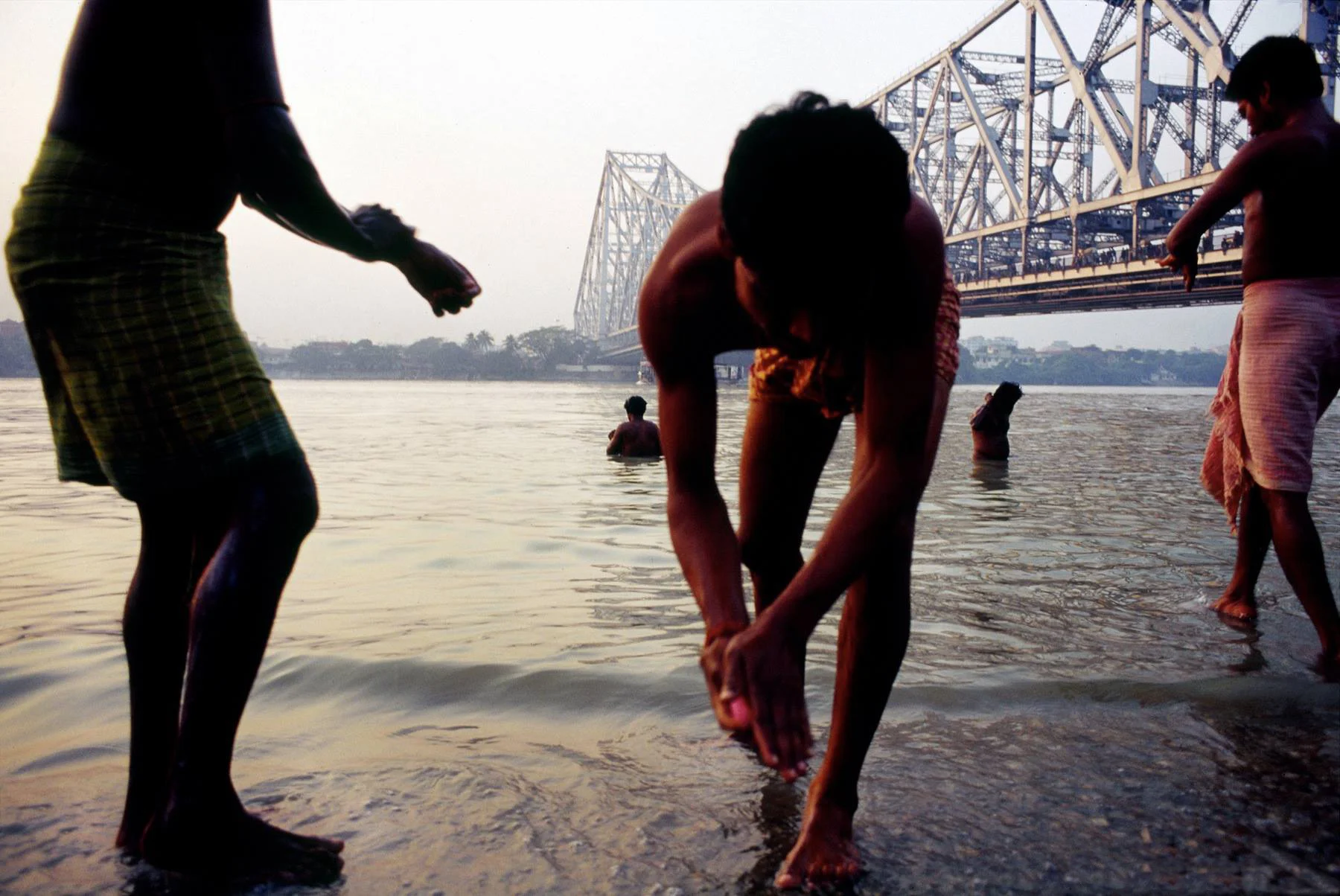




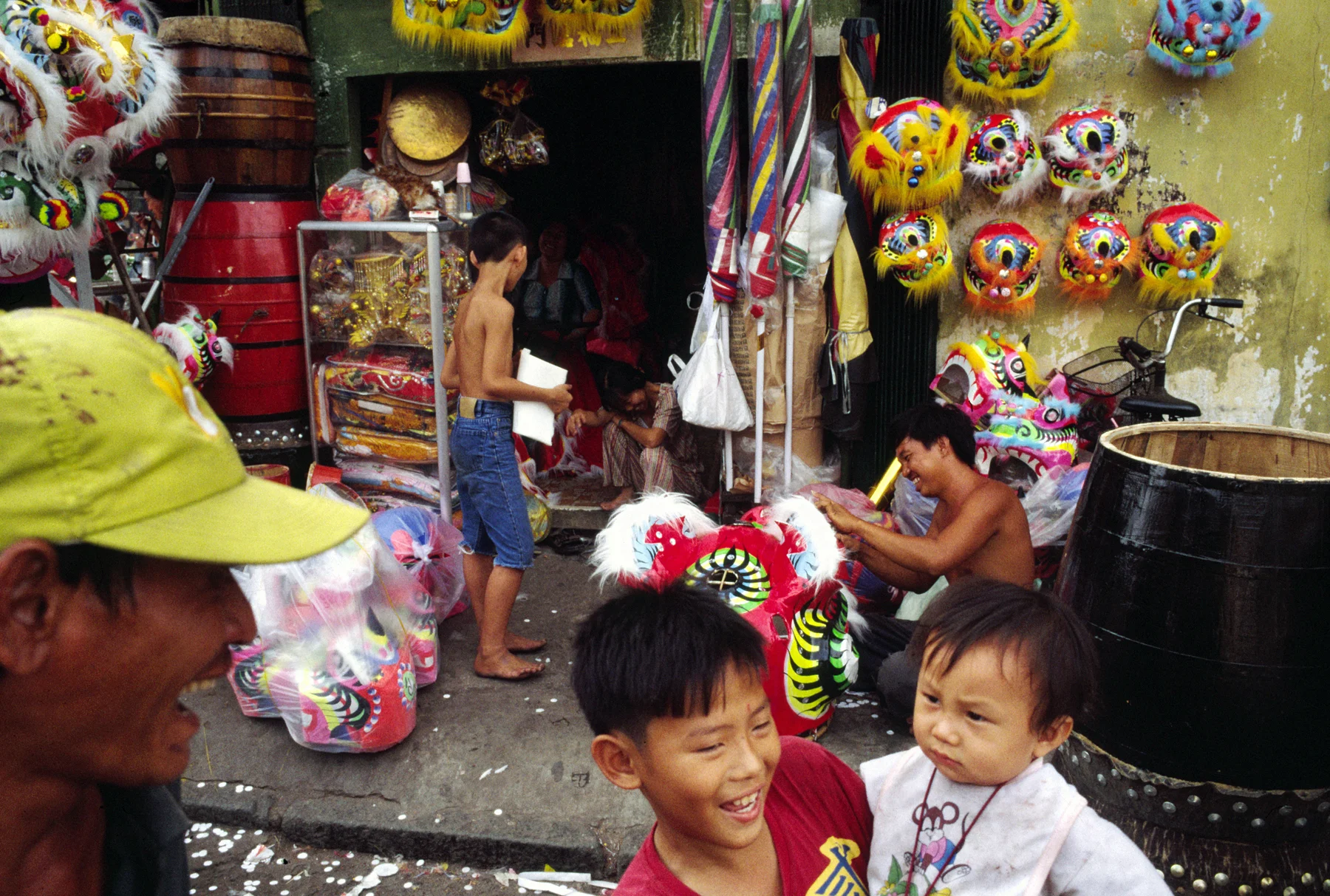




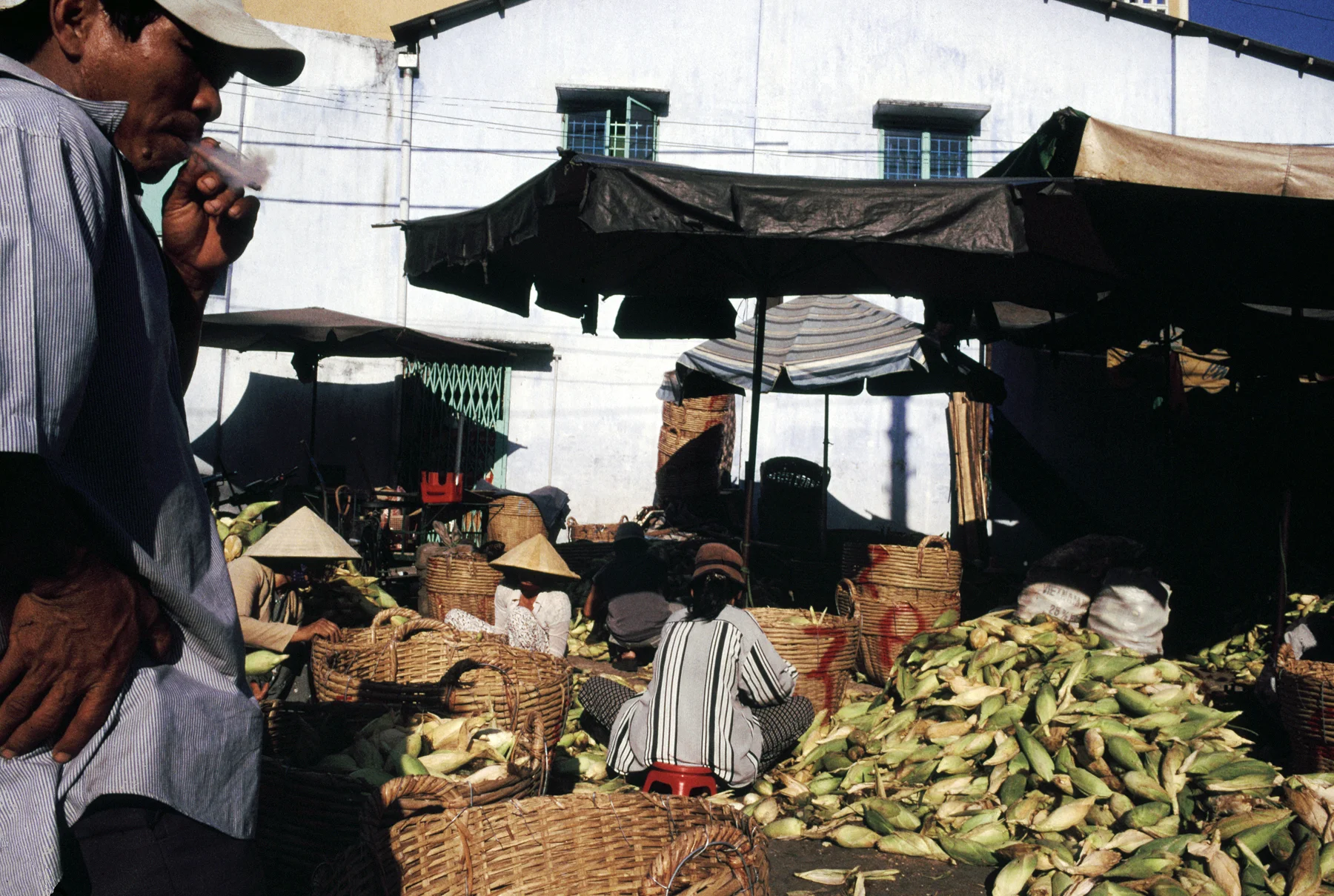

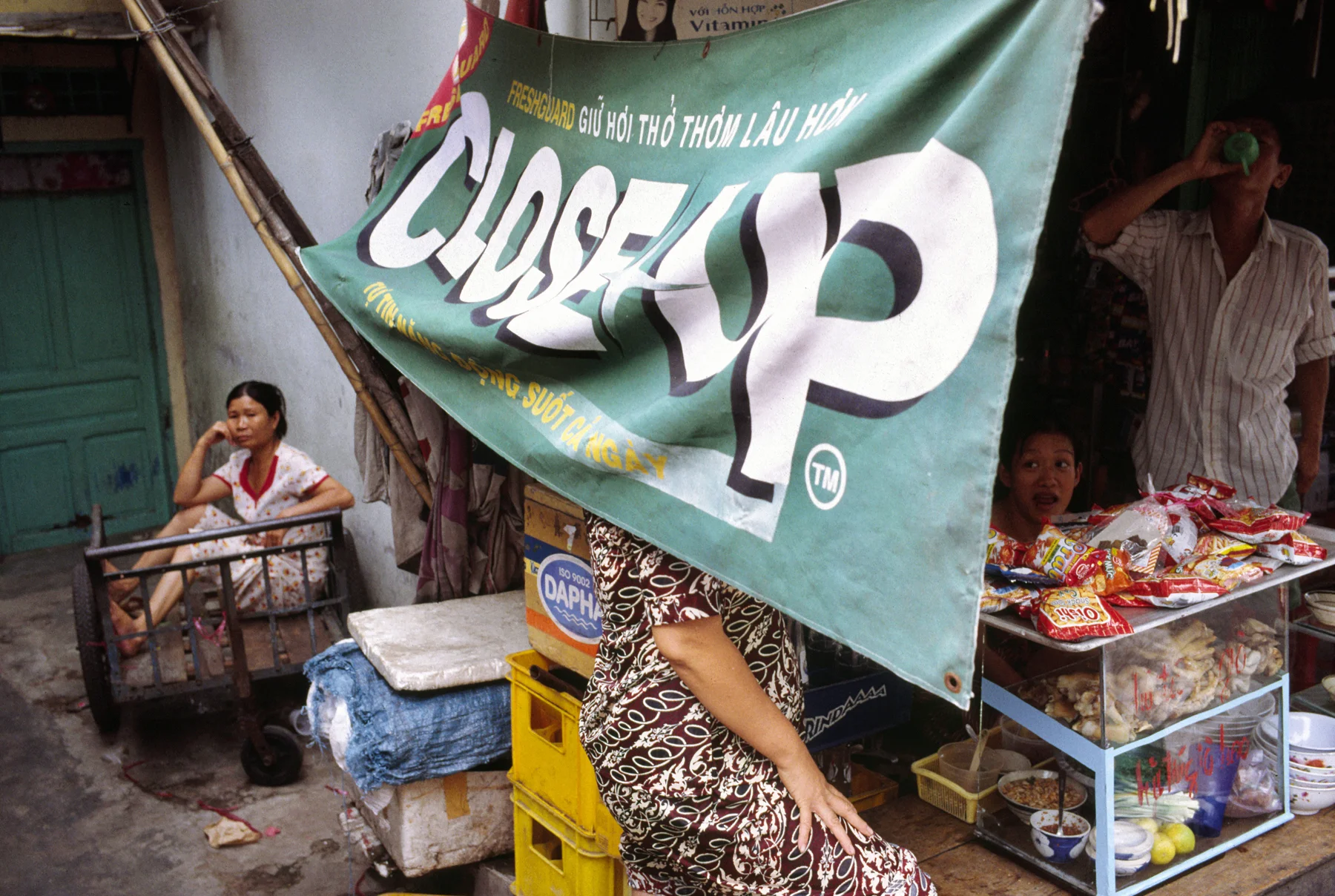
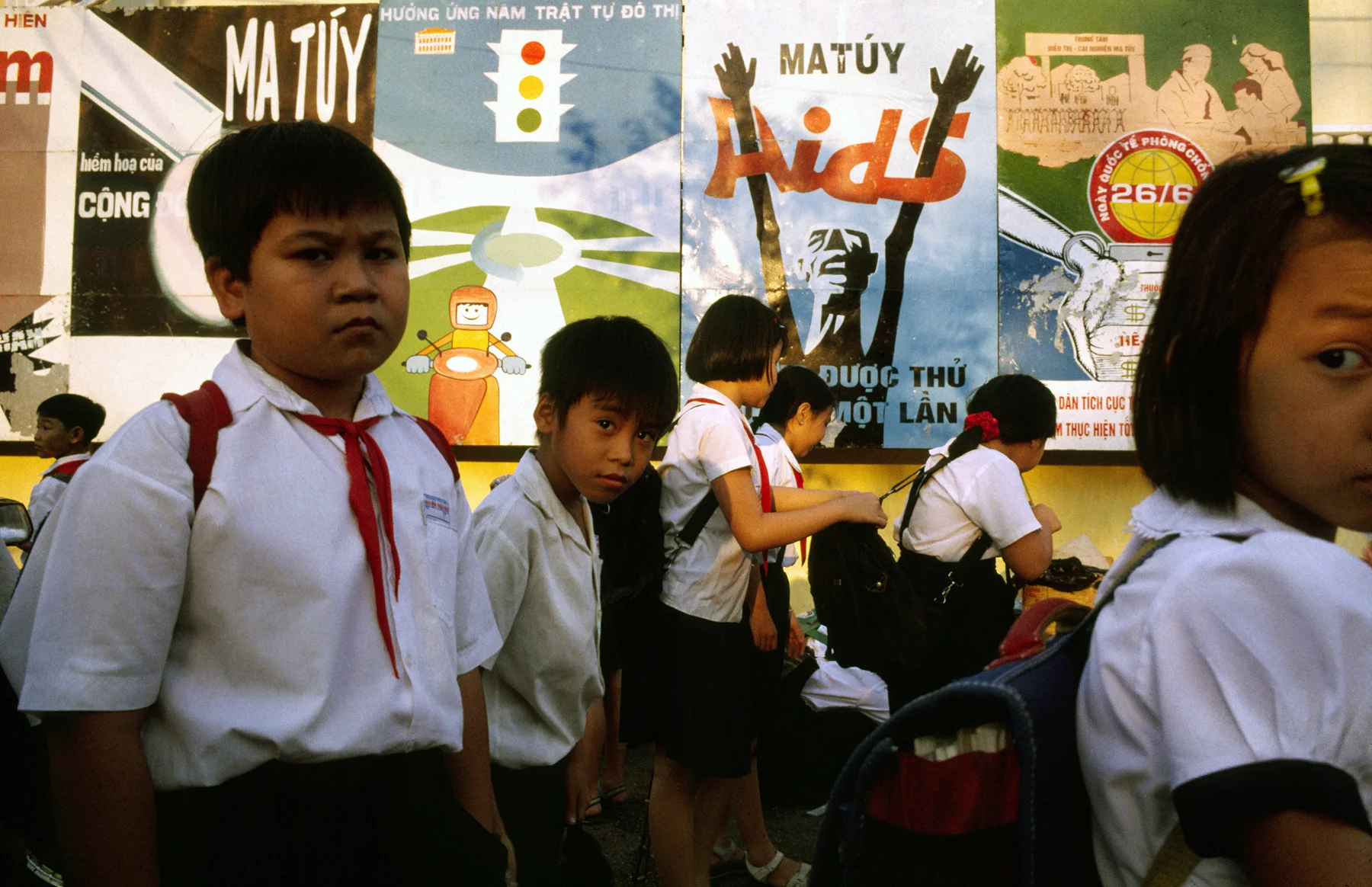
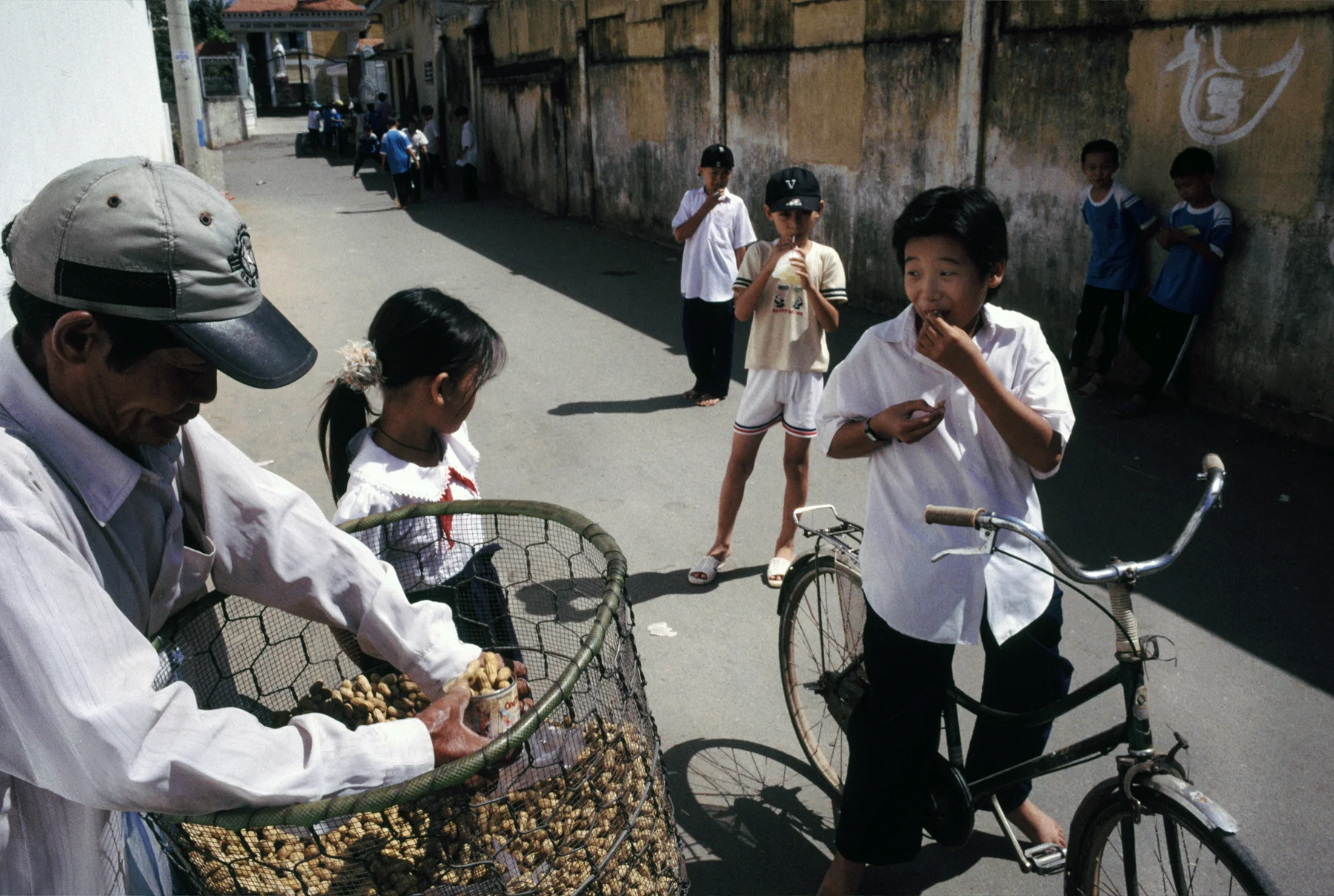

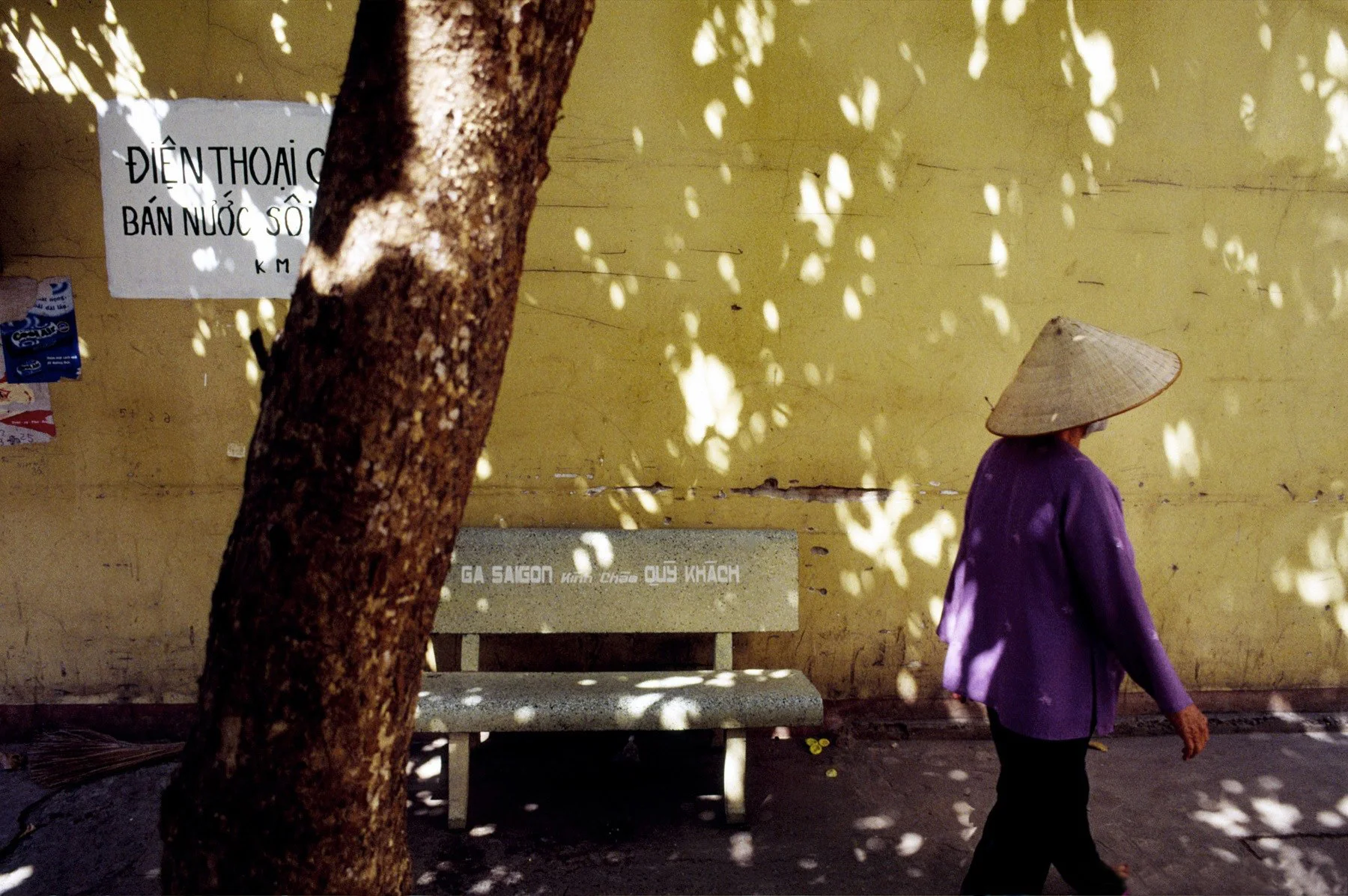


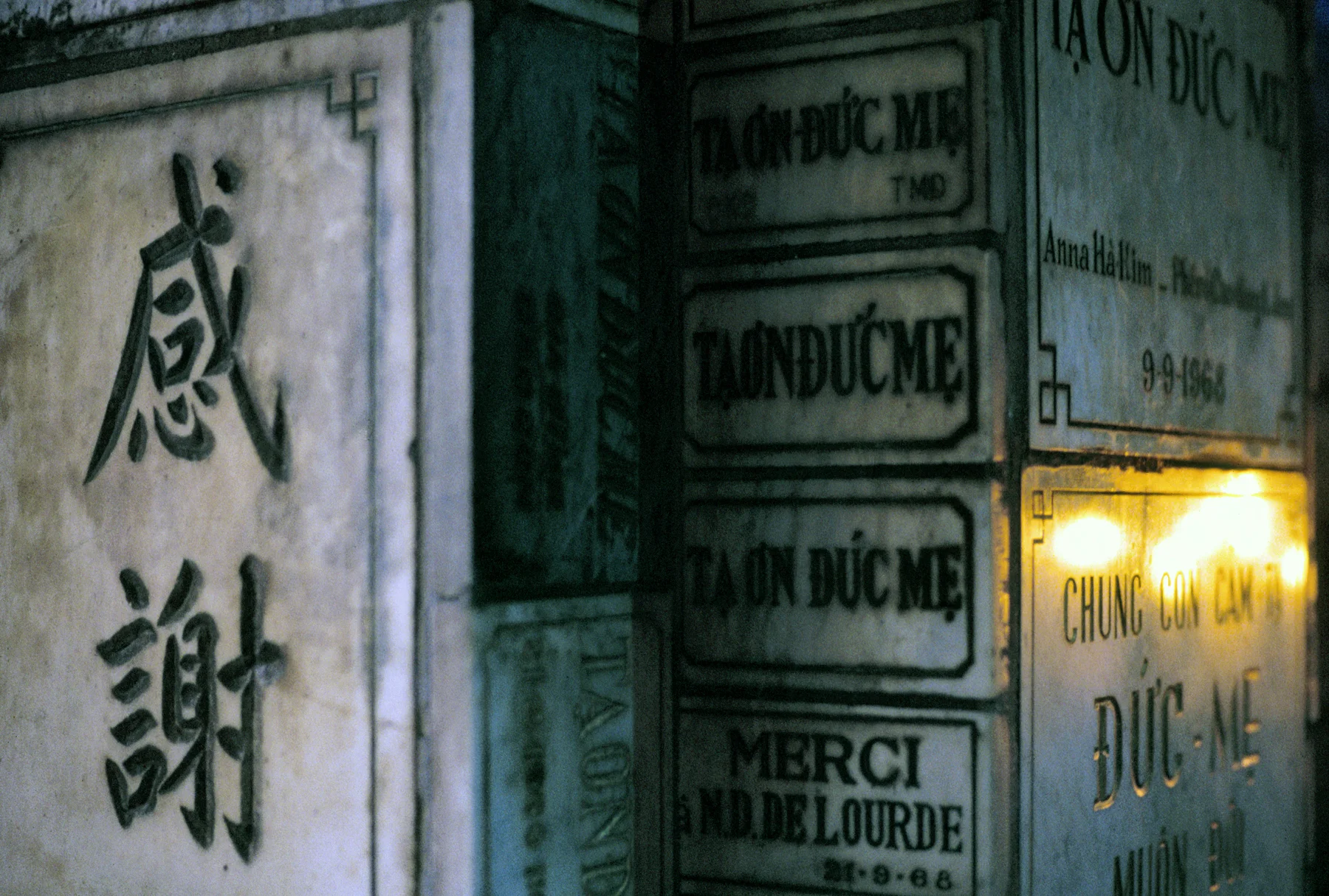

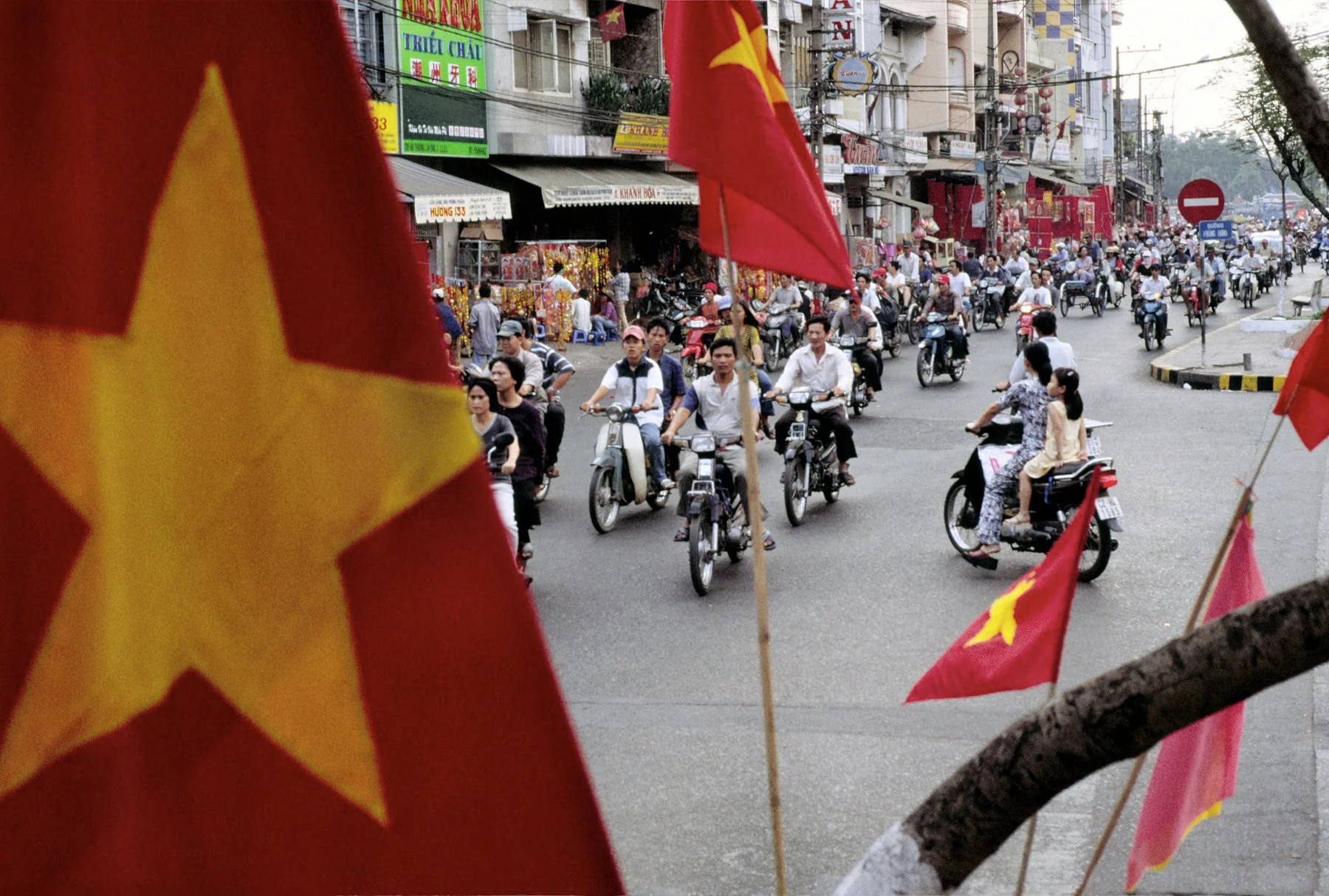


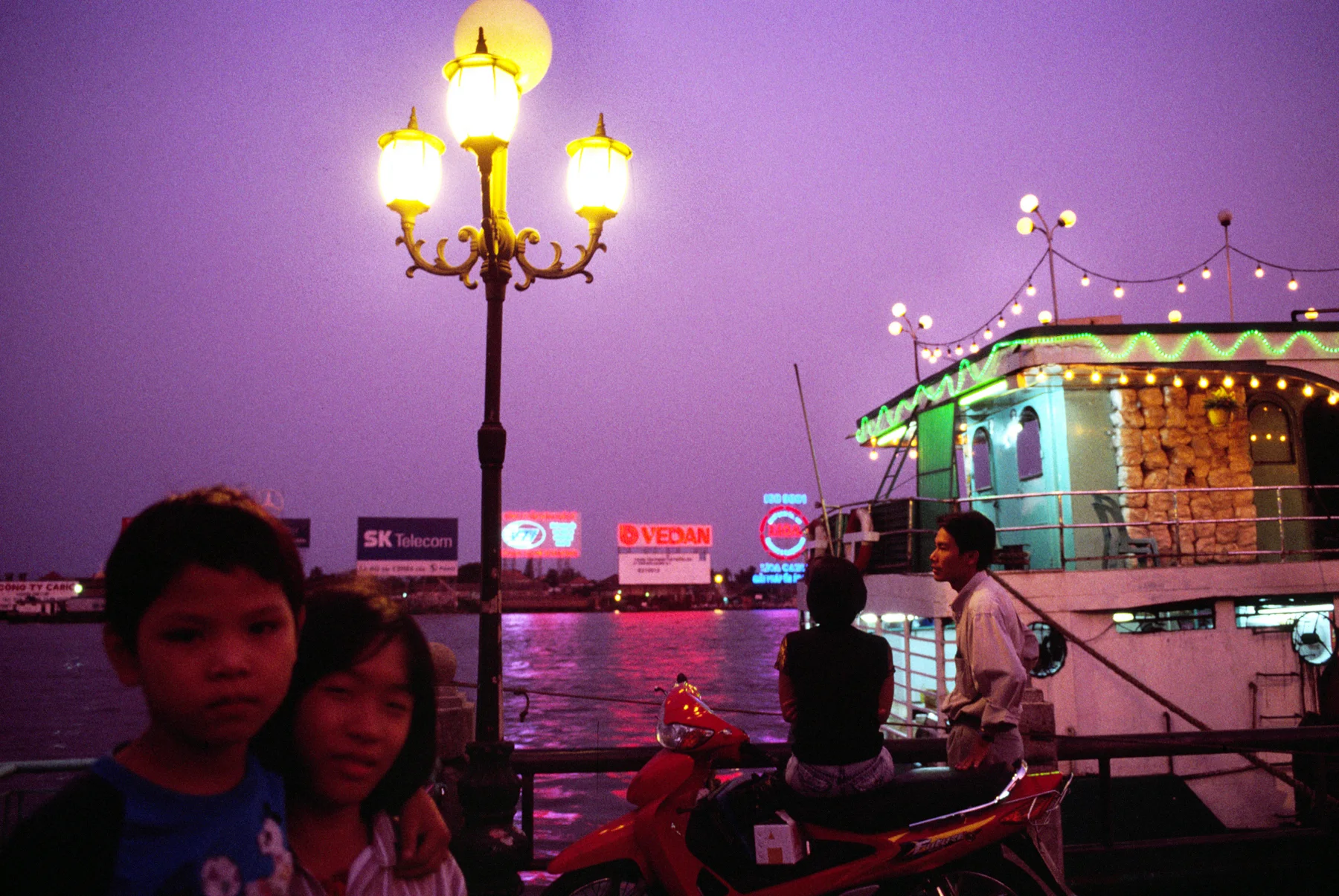
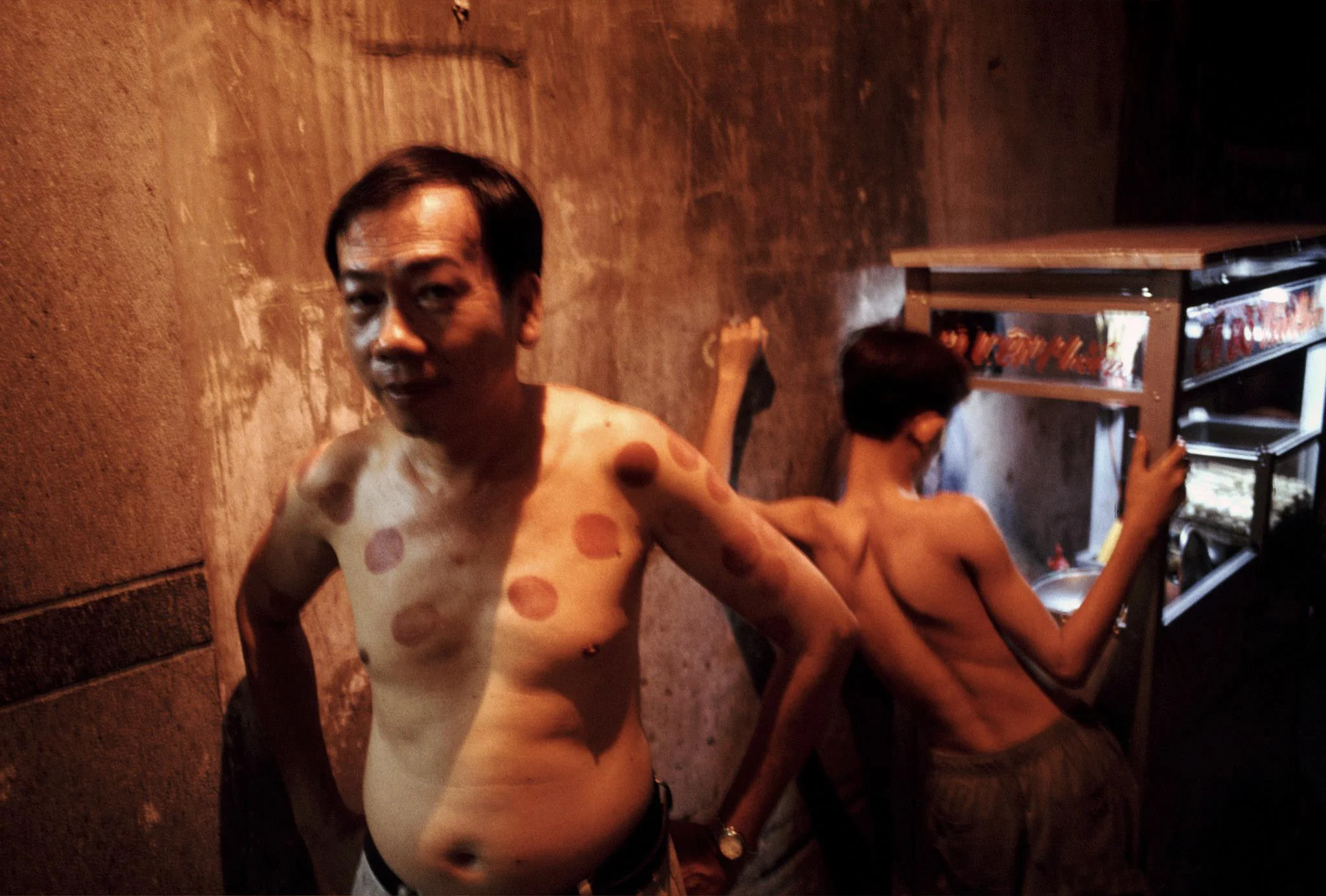

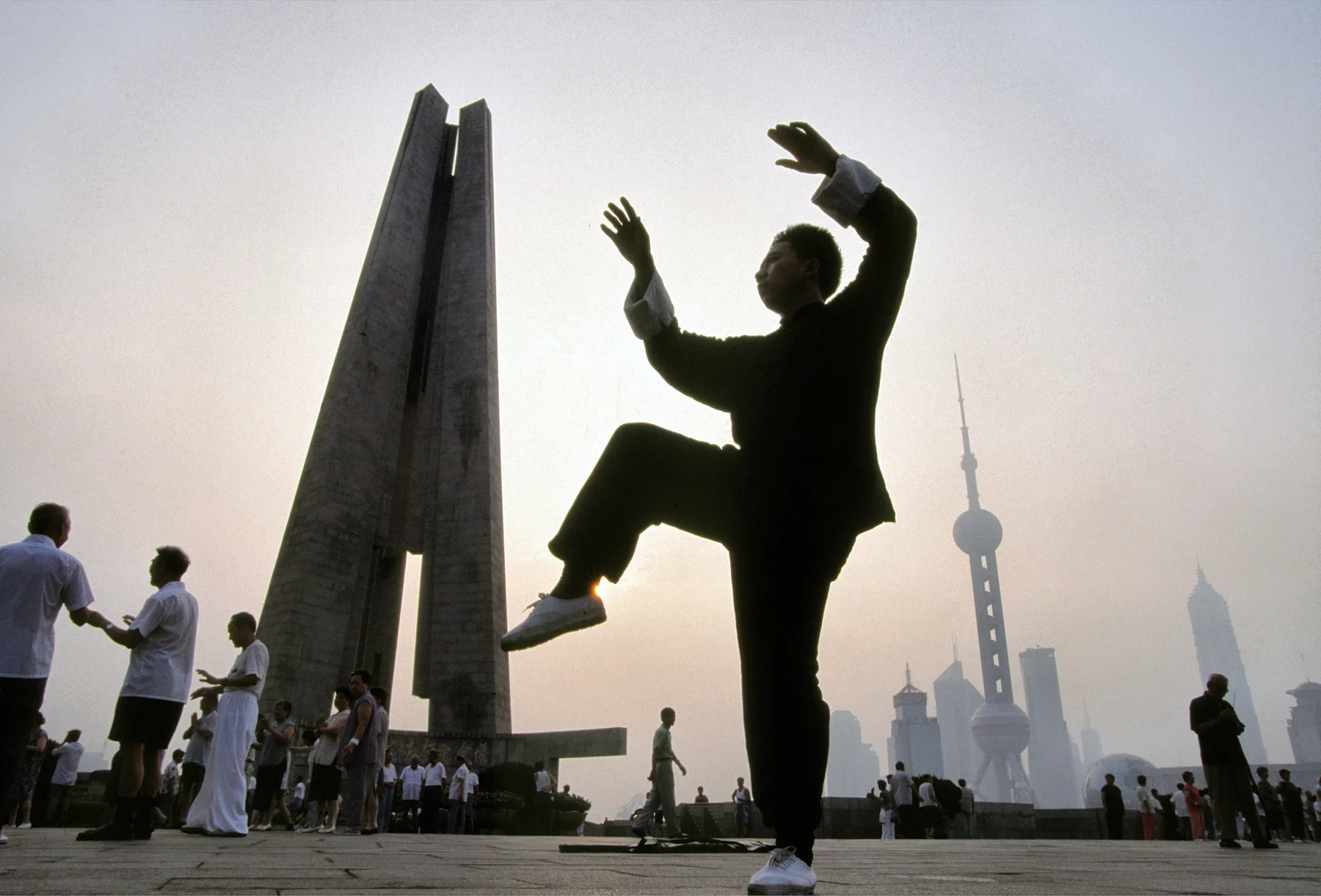

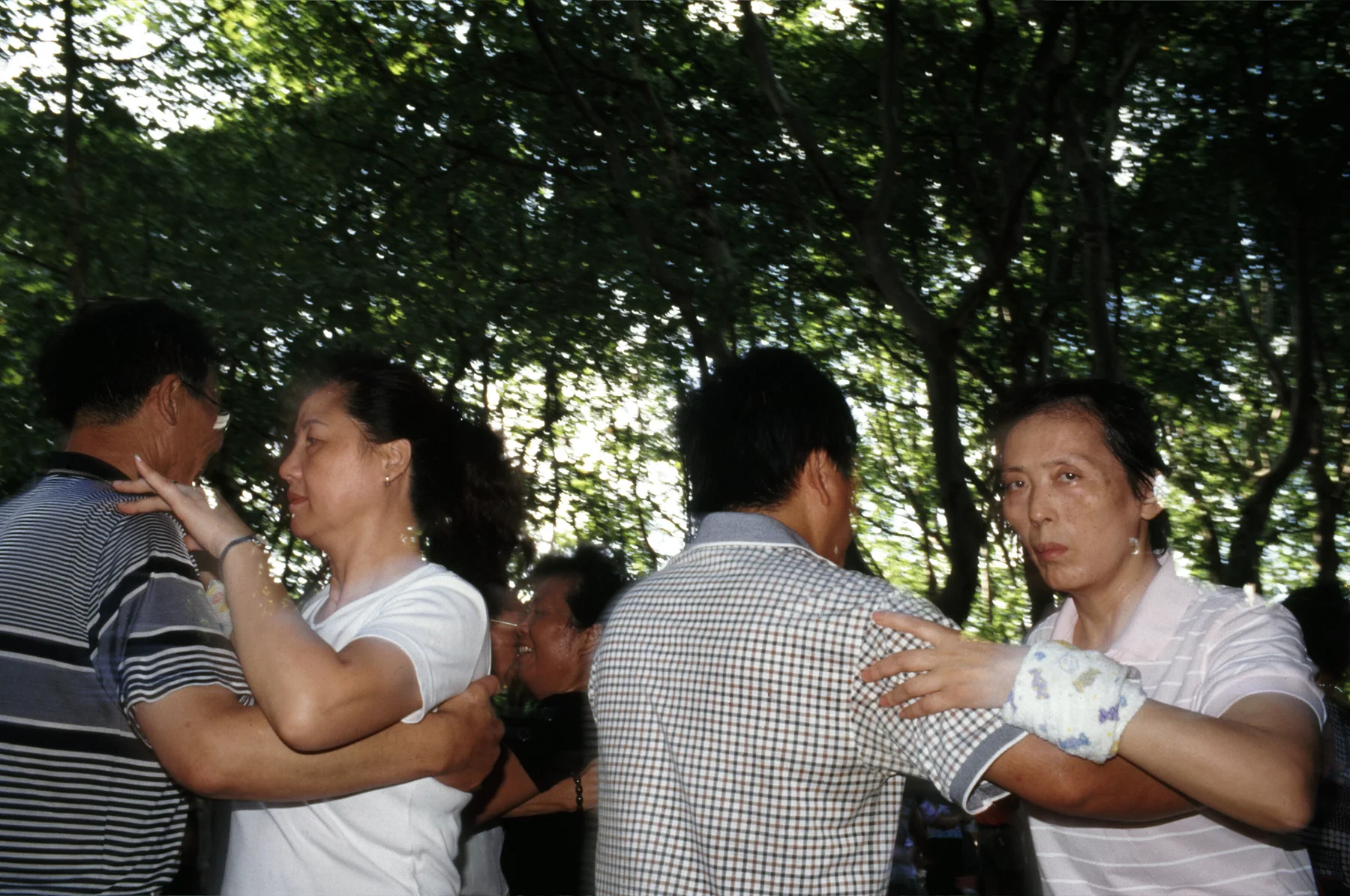




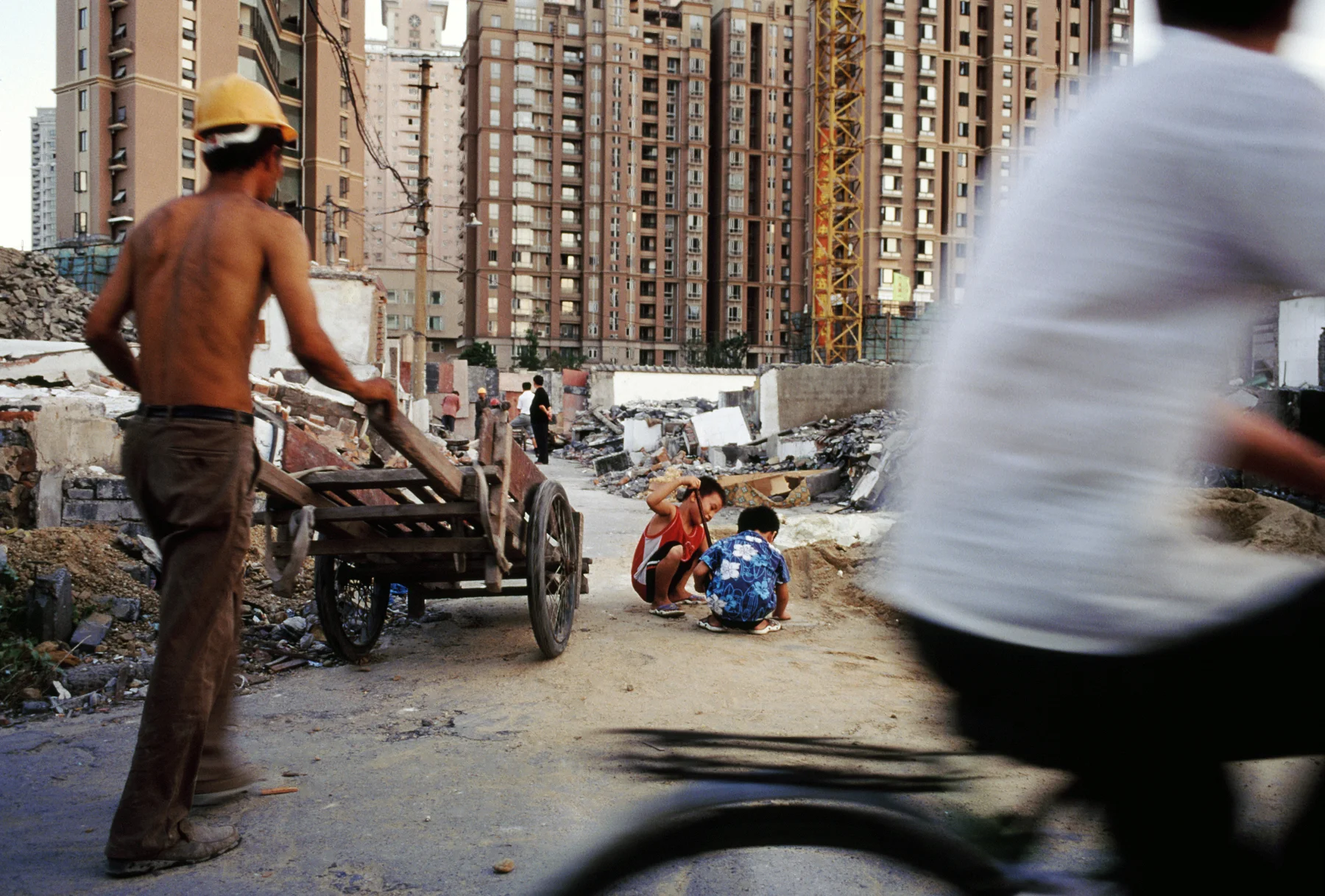



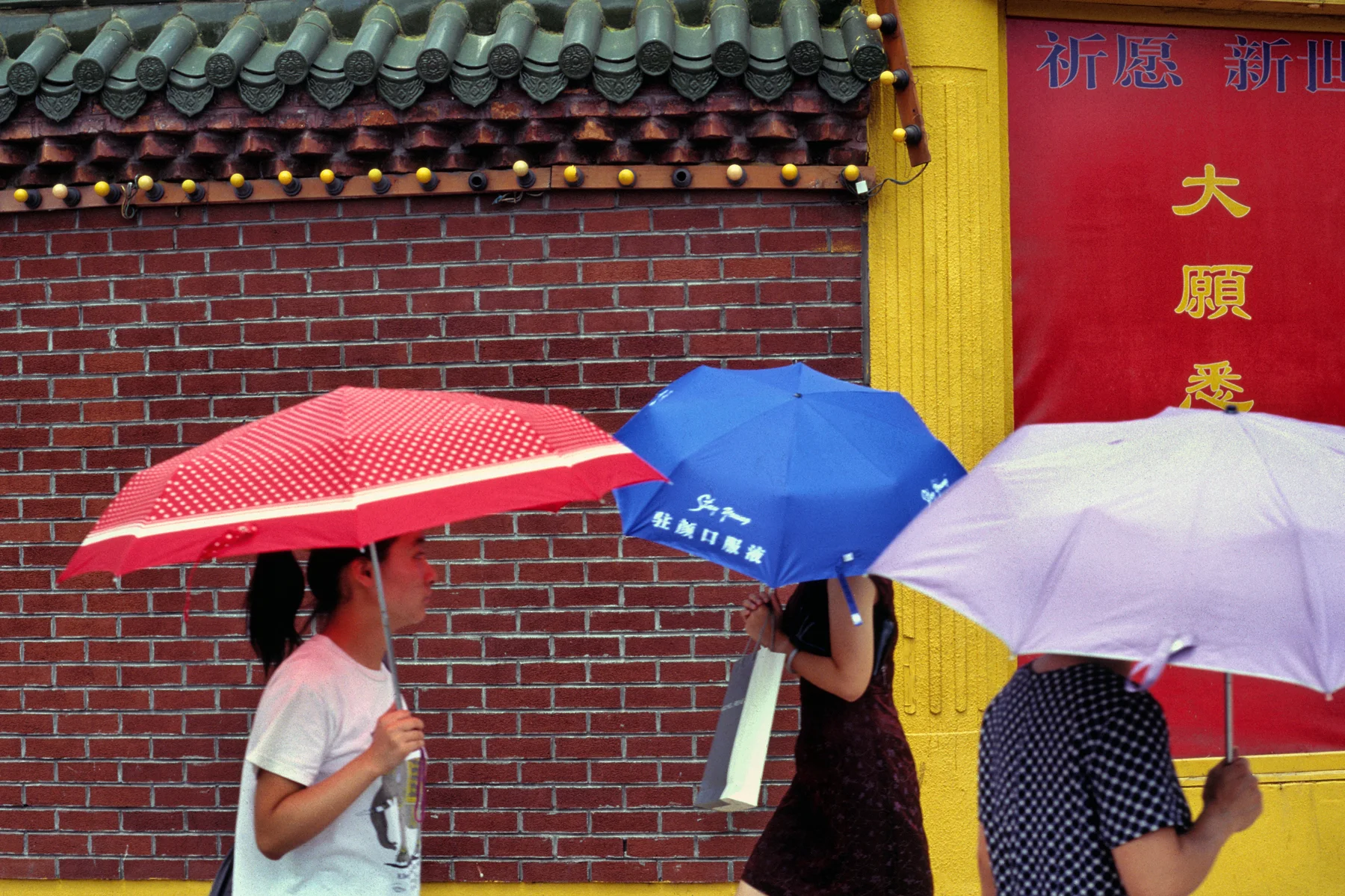
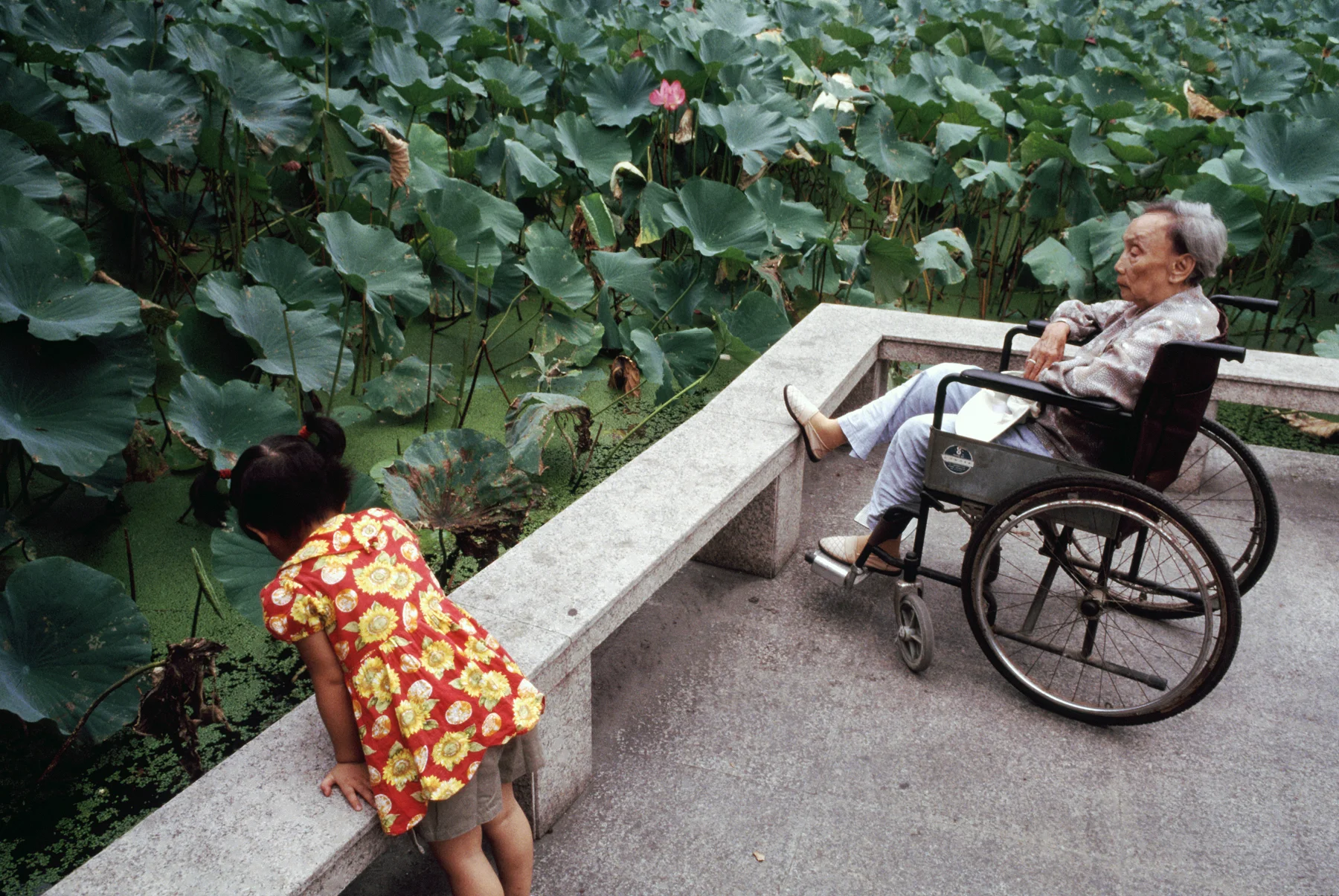


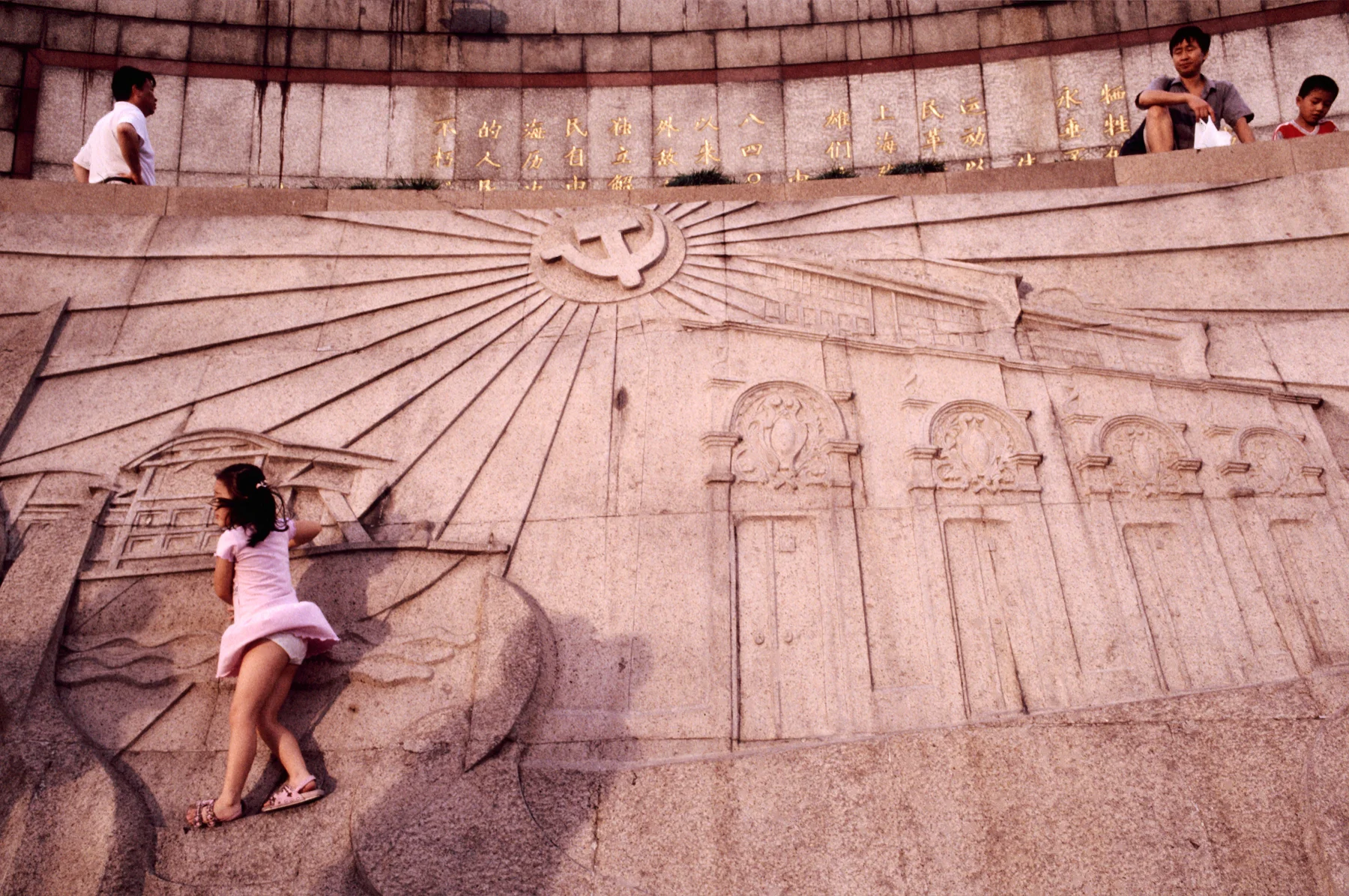



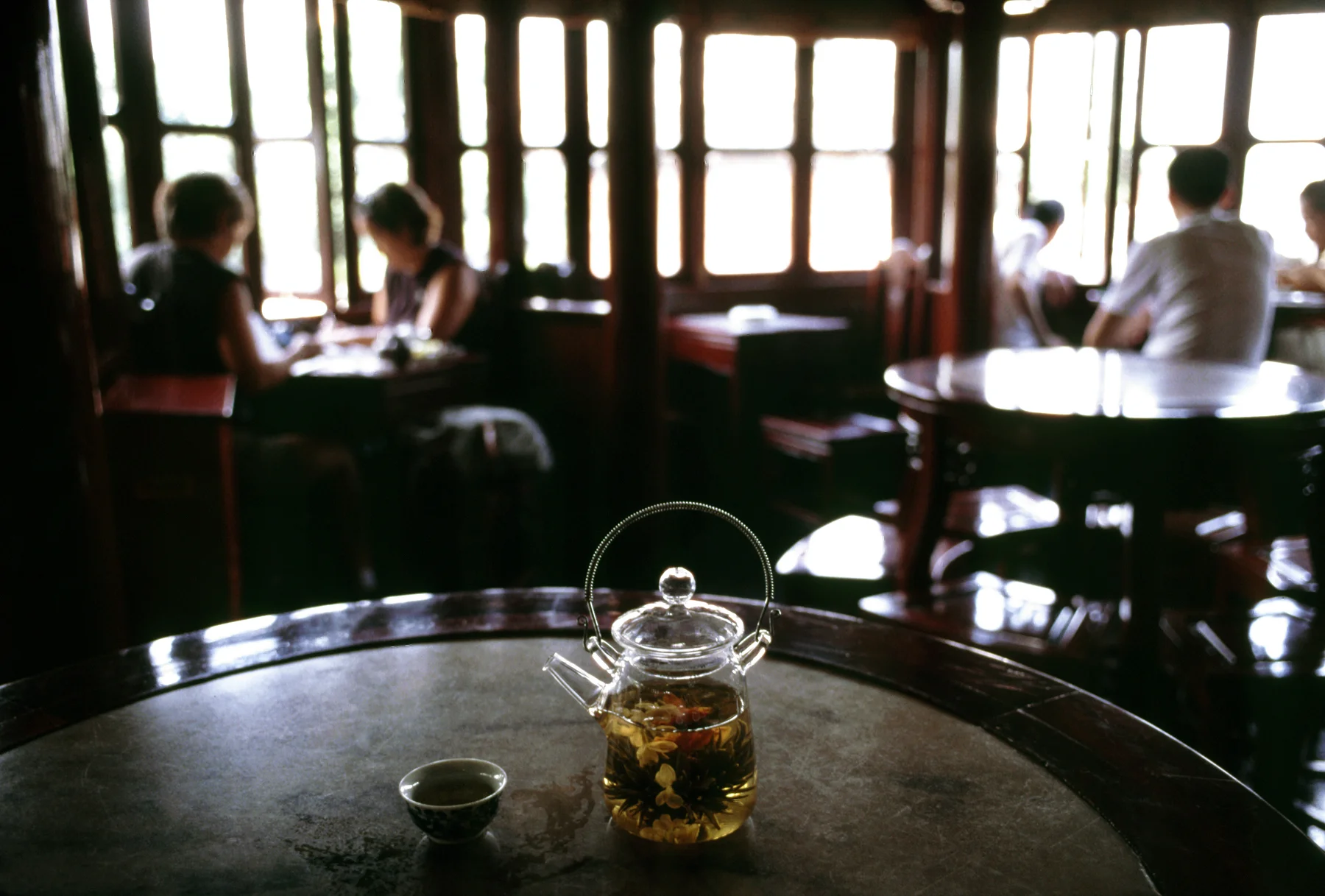
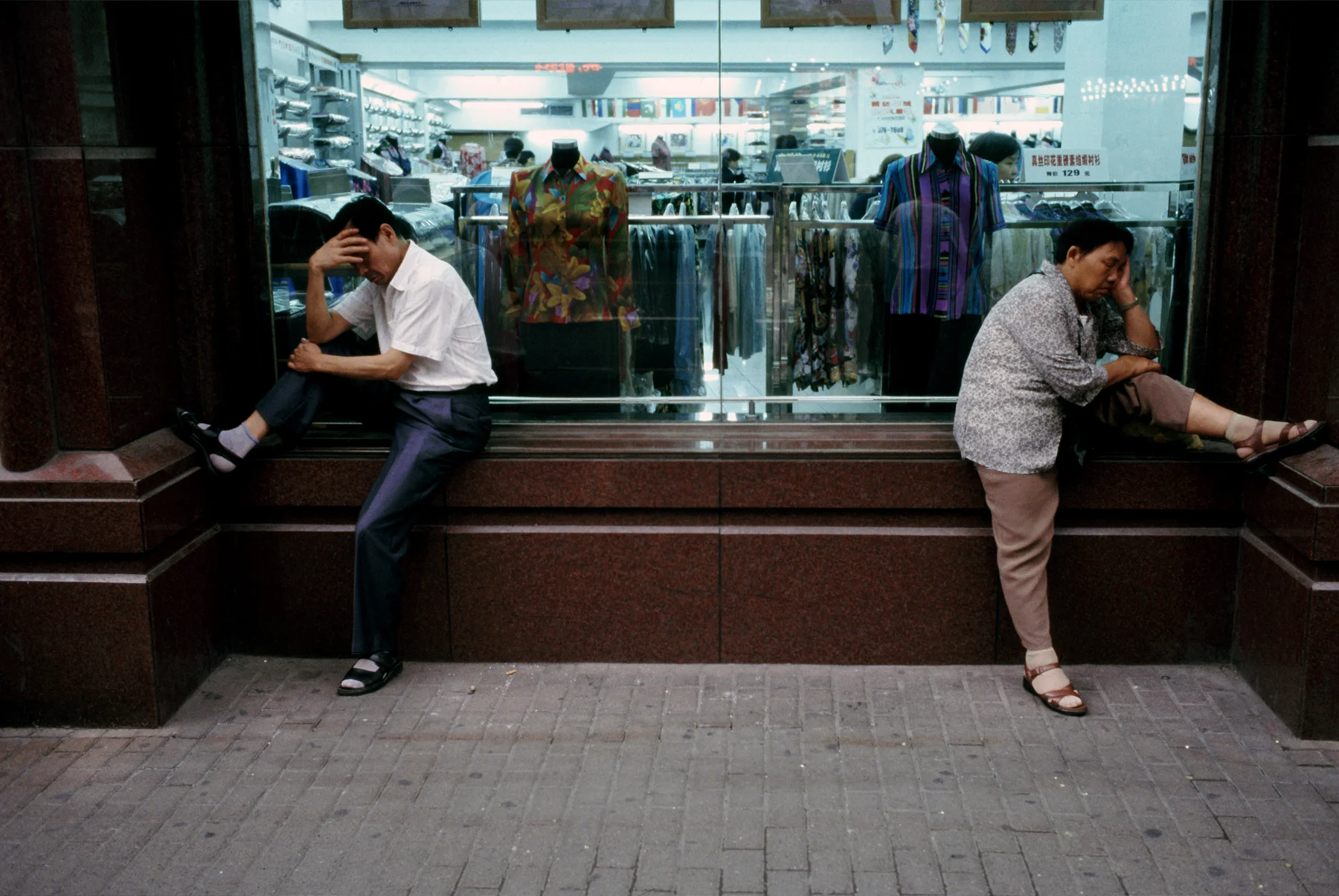


Post Colonial Trilogy
Every city has its history. It starts when people, no matter where they may originate from, decide to settle in one place. Histories of cities develop with their people, climates, gods they worship, geographical and political relations to the surrounding environments, and who is in power to control most, or sometimes all, of these aspects. Many cities around the globe have come into the spotlight throughout history. In attempts to analyze the background of any given city’s change, slow or drastic, one of two processes seems to take place. Internal power shift to reform or reduce the balance between old and new values, and external power penetration from geographical and cultural distance, with a certain will and strategy to satisfy an outsider’s interests.
In modern Asian history, the second process, an external power's influence on a region, can be seen at frequent intervals. In almost all cases, external power had to come into a city with force to cause conflicts. For example, three cities in Asia share a few characteristics in common. Kolkata in India, Saigon in Vietnam, and Shanghai in China are the cities with experiences in colonial times with pain and glory, previously functioning as capitals under puppet government, and presently or in the recent past under communist rule.
These cities have unique positions within their own countries in political and other terms. With colonial experiences, the three cities have soils for progressive minds compared to indigenous ones and a recipe for mixing old and new, or east and west. These cities are under spotlights in today’s international attention as a rising possibility for both supply and demand in various resources. In the ever-expanding, intertwined world of globalism, there is not a week passing by without hearing some kind of news from one of these cities.
Then one wonders, how is the life of everyday people in these cities today? Of course, there is much more in local life than what is on international news. The ordinary aspects are what an outsider comes across most often in a ground-level interaction, which give codes and essentials in order to go deeper than the surface. So this is a visual reportage to show vitality behind the recent boost in three cities at the beginning of what many might consider the postcolonial century.
Kolkata
In the year 2001, the name Kolkata was given back to Calcutta, the most populated city in India at the time. It was the name of a sleepy little fishing village when the British established the East India Company on the northeast shore of the subcontinent in 1600. India was finally allowed to take off a name-tag that had borne the English pronunciation of the place for more than four centuries. Kolkata was the center of the Bengali region that served as a capital city under British colonial rule until the relocation to Delhi in 1911.
Kolkata and its surroundings were very unique geopolitically. The Bangladesh independence war in 1971 created a massive flow of refugees to neighboring Kolkata, causing social unrest and exploding population growth, which turned the prosperous colonial metropolis into slum-like ghettos filled with beggars. That part of the modern history of the city brought the communist party into the local politics. West Bengal had been the only state in India run by the communist party until 2011, when it ended its strong labor and union policy for 34 years.
Kolkata is one of, if not the only, representations of modern India with a multitude of ethnicities, religions, social classes, and languages that form a chaotic atmosphere very unique to the city. People, animals, cars, and rickshaws all share streets with apparently no fixed rules, which most certainly gives traveling foreigners hard but just enough time to crawl through. Local lives illuminated in diagonal lights of mornings and evenings set tune of the rhythm of the city’s daily routine. Those moments gave me justifications to stop and spend a few minutes working on the scenes photographically.
Saigon
This city has two names. Saigon and Ho Chi Minh City. The former capital city of South Vietnam uses its name depending on context. Despite the fact that the present capital city of the communist run nation, Hanoi named after this city, once the center of the entire French Indochina colonies on the southern edge of the very narrow peninsula, after the war hero and founding father, locals definitely have nostalgic values to the name Saigon.
Saigon, the name synonymous with “Oriental Paris”, is filled with colonial influences in buildings, faiths, and the kitchen table of ordinary everyday people. Colonial architectures are renovated to serve as tourism assets as well as government and business purposes. A large portion of its residents congregate with French Catholicism that offers its teachings in French, Vietnamese, and Chinese. And baguettes, coffee, and confectioneries, the inevitable French traits in cuisine, are major attractions for both locals and visitors.
The rapid growth of the middle class is somewhat of a theoretical mutation in a communist nation, but a de facto phenomenon nonetheless. Neon signs cry out names and products of foreign investors in loud colors, and the latest model scooters zoom around on main streets. The popping sound of 333(Ba-Ba-Ba) beer bottles punctuates chattering in Bia-Hois, or street wagon food joints, among students and businessmen bragging about their ambitions.
Streets of Saigon reveal two ends of one scale: the glamour of French colonialism and the tragedy of the Vietnam War. Both offer some truth about this celebrated city that makes a visitor wander around alley-to-alley or market-to-market. Amid chaotic exchanges of Chinese, French, Vietnamese, and English through the air, the city somehow keeps its order within a disorder.
Shanghai
Geologists would tell you it is a city built on land once submerged under the sea. Historians would tell you it was a fishing village 700 years ago that had evolved into a modern metropolis. Philosophers would tell you it is a melting pot of ever-changing ideologies. Politicians would tell you it is the birthplace of the Communist Party of China, but it was once known as a paradise for foreign adventurists.
Shanghai is located in the central part of the Chinese east coast. It occupies only 0.06% of the Chinese land surface, and has only about 1.78% (2433.4 million) of the entire Chinese population of 1.357 billion. Its Gross Municipal Product is top in the nation, even higher than the capital city of Beijing. Shanghai is no doubt the commercial, financial, industrial, and cultural center of China. It won’t be too long before it becomes an international metropolis among the likes of New York City, Paris, and London.
Being the biggest trading port in all entire Asia, Shanghai had long served as a door to the outside world. The geopolitical significance brought rather dark parts of its history, such as the Opium War and the colonial era that came with the two World Wars. Yet the path to the birth of the Communist Party of China reminds us that Shanghai was indeed the birthplace of modern political leaders as well, whose ideas had been influenced in one way or the other by the turmoil.
Shanghai offers all the criteria of an Oriental metropolis. The intertwined alleys are the magnets for those who are willing to explore the lives on the streets: smells of spices and herbs coming out of steamers, laundries hanging overhead, old men practicing Tai-Chi in early morning hours against backdrop of skyscrapers, retirees playing Chinese chess with small betting and couples looking across Huangpu River on neon-lit old district of the city. All that goes on daily basis in this bustling city tells us not much has changed after all.
旧植民地首都三部作
冷戦の終焉と共に生活の価値観は疑いもなく「欧米的な」方向へと移りつつある。自由資本主義経済の建前は、かつてそのような考えが諸悪の根源であるとされた国々でさえその理論の有用性を試行する機会を与えられている。民主主義はかつて一党独裁が大前提であった国々で驚異的なペースで拡張を図っている。グローバリゼーションは政治経済の理念さえも日々の市井の生活の中へ運び込んだのだ。
しかし、いくつかのアジアの都市に於いてはこれらのトレンドは決して最近始まったことではない。イデオロギーの衝突や価値観の変化は地政的に重要であった都市では冷戦構図が形作られる前から起きており、それ故に今日にも無視できない独自の位置を国際的な地勢図の上に示している。奇しくも現在では希少になった中央共産政権下の都市として異彩を放つ上海とサイゴン、そしてインド国内では唯一30年以上共産党政権下で運営されていた西ベンガル州の州都コルカタは、その地で暮らす人々に過去と現在の善し悪しが混ざり合った奇妙な愛着を抱かせている。
自由経済特区として最後の共産大国である中国内で確固とした地位を誇る上海。首都ハノイから遠く離れた半島の南端で、国際市場での競争力アップの為に積極的な外資誘致を謳うドイモイ政策による潜在的な経済基盤を広げるサイゴン。そしてかつてインド国内最大の人口を抱え、大英帝国主義と戦うインド近代史の偉人達を多く輩出したコルカタは、アジアの政治経済を語る上で特筆すべき三都市といえる。
これらの都市は欧米の政治文化的支配を経験し、傀儡ながらもそれぞれ首都として機能した歴史を持ち、独立建国を果たして首都機能が他都市へ移された後も内外に対して重要な位置を保ち続けているという点で共通している。この3都市を、文化とイデオロギー、そして今や国際的には純粋に存在し得ないのかもしれない共産主義政権の渋々ながら不可避であるグローバリゼーションへの妥協の例として捉えるとき、その特性が垣間見られるのではないだろうか。
この3都市の路上では過去1世紀の間に訪れそして去った歴史を感じることができる。日々の生活の中で新旧や東西の価値観は必要に応じて淘汰混合され、そのレシピは絶妙だ。政治家や経済学者達は時としてこの3都市で起る現象を説明しきれないだろう。しかしその混在の独自性こそが植民地時代を経験した街のみが待つ魅力であることもまた否定できない。